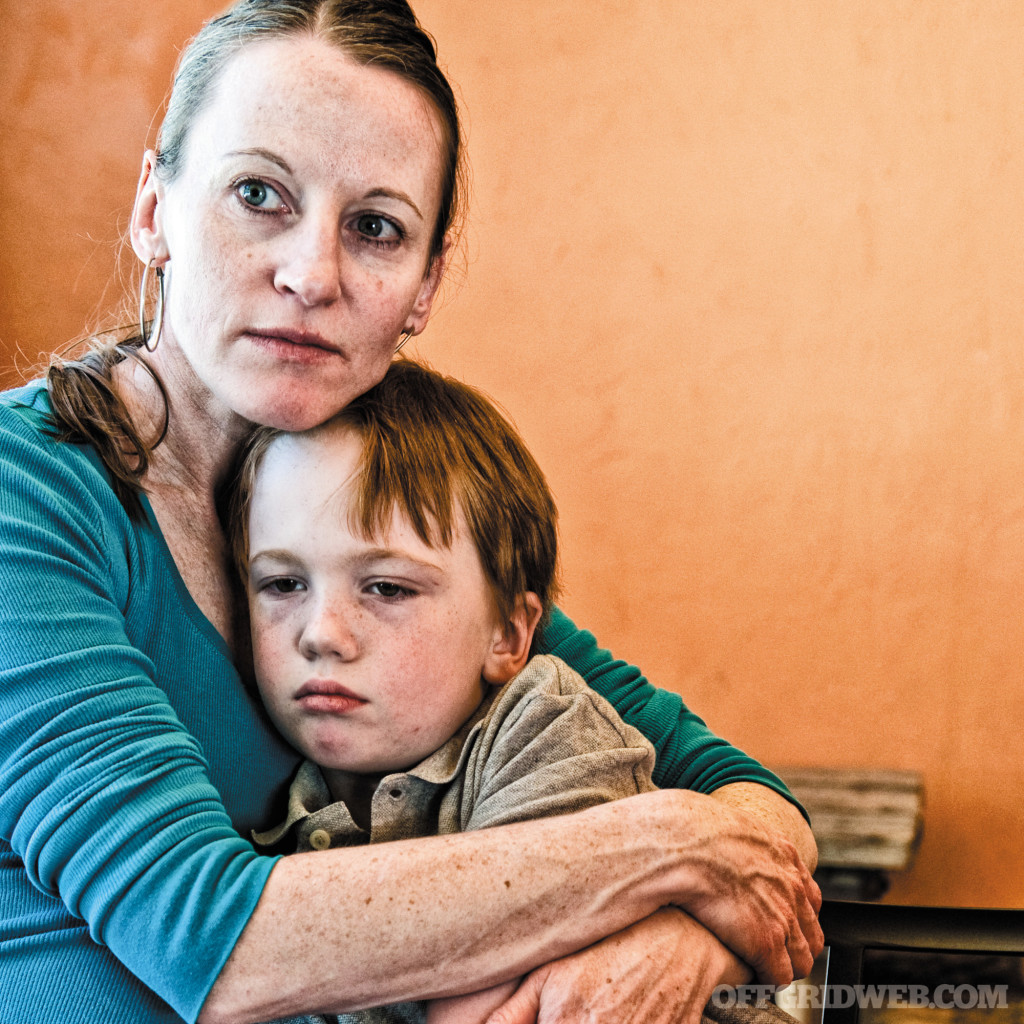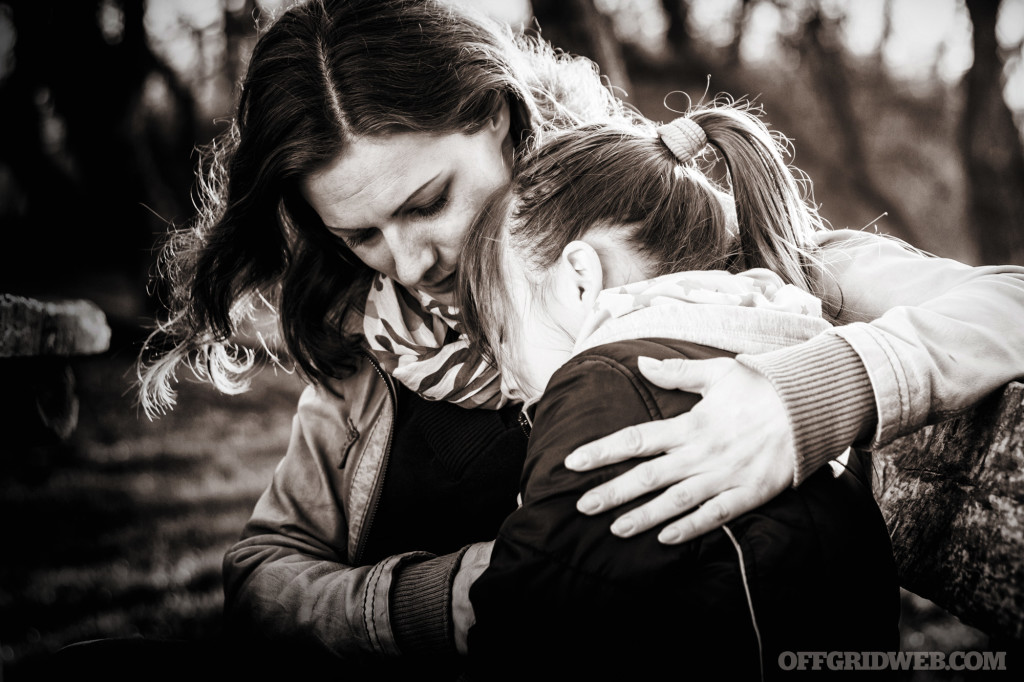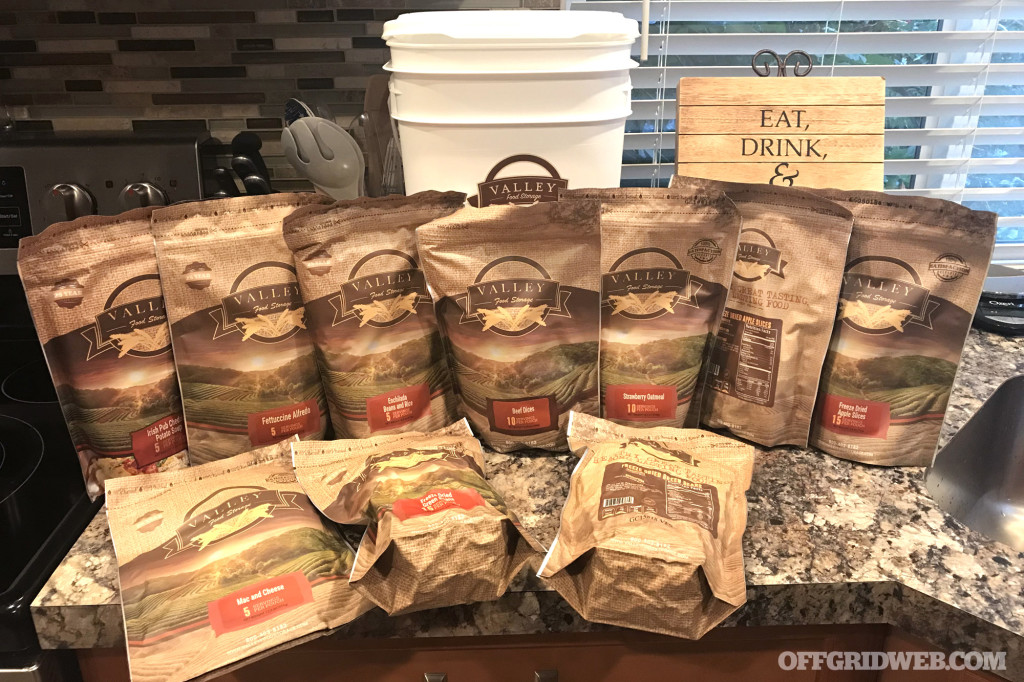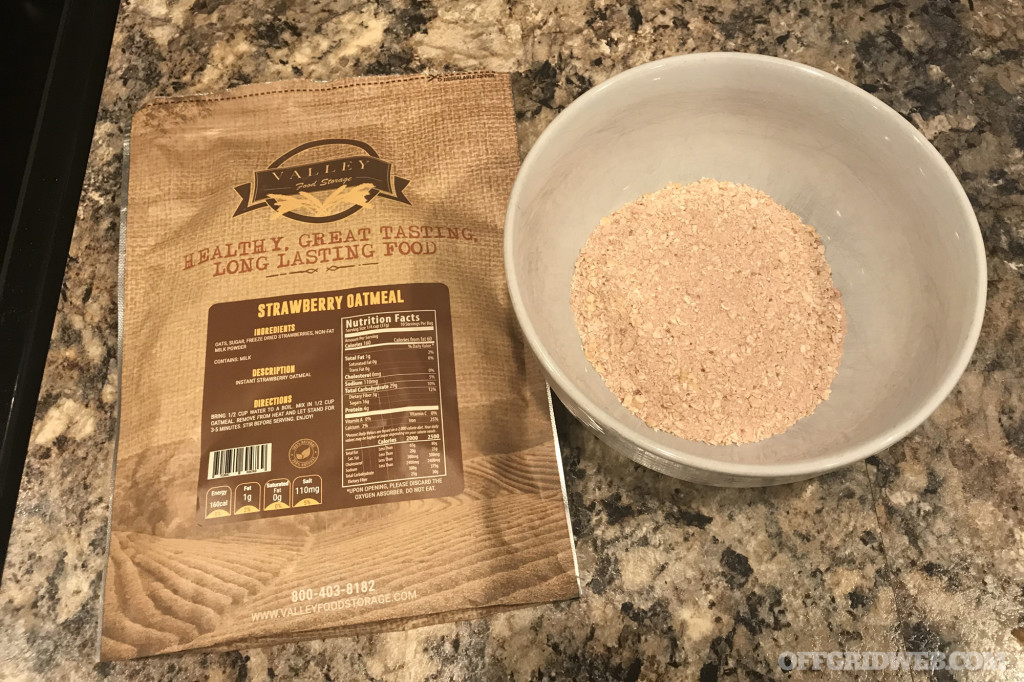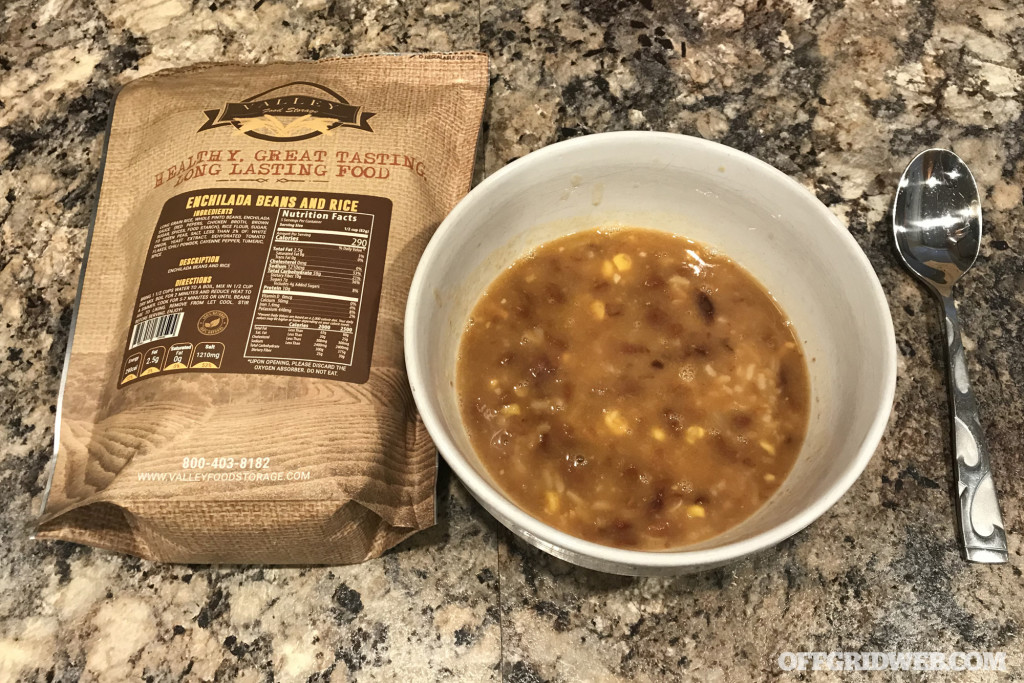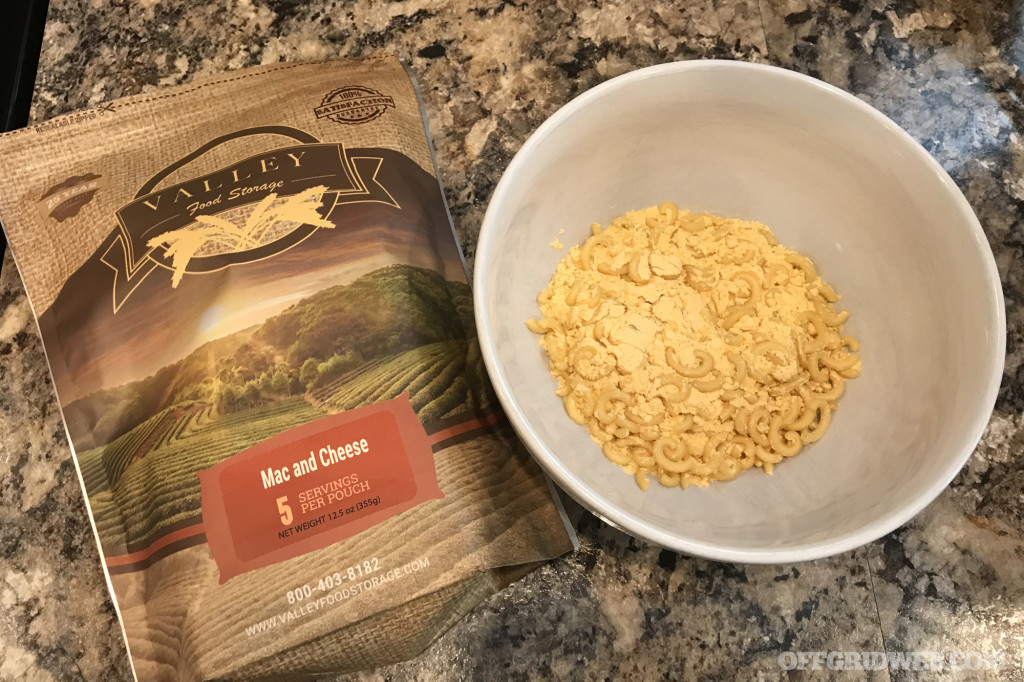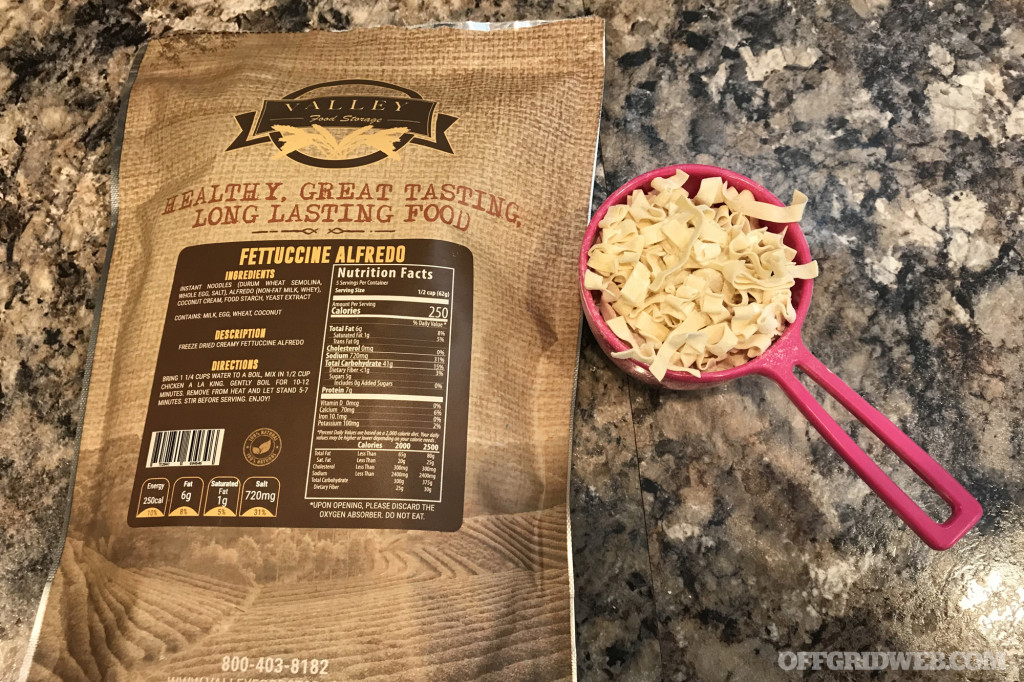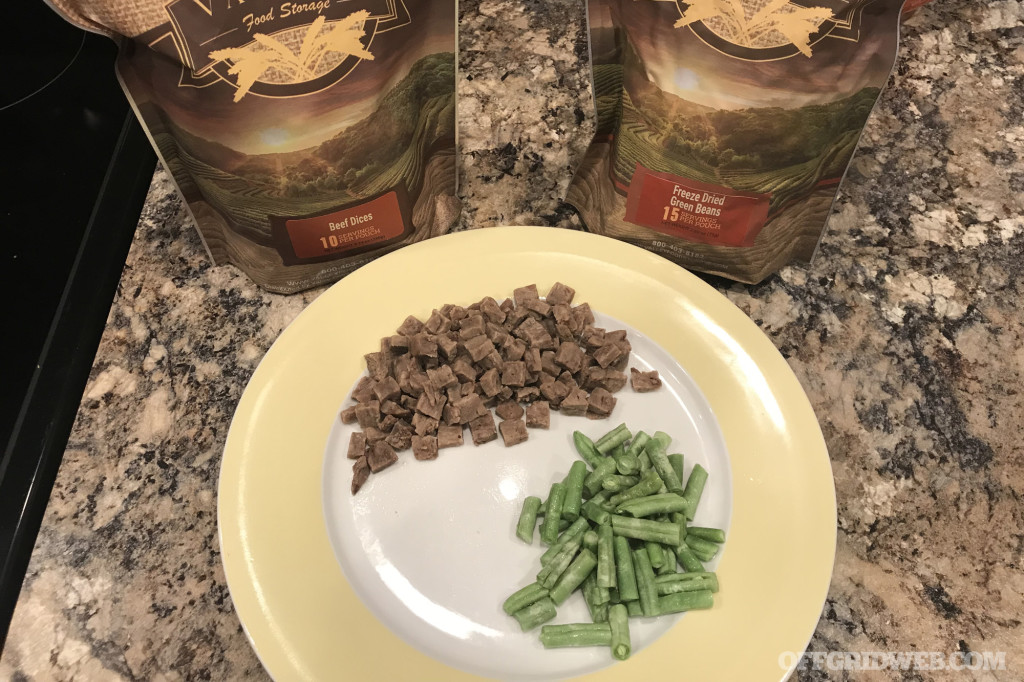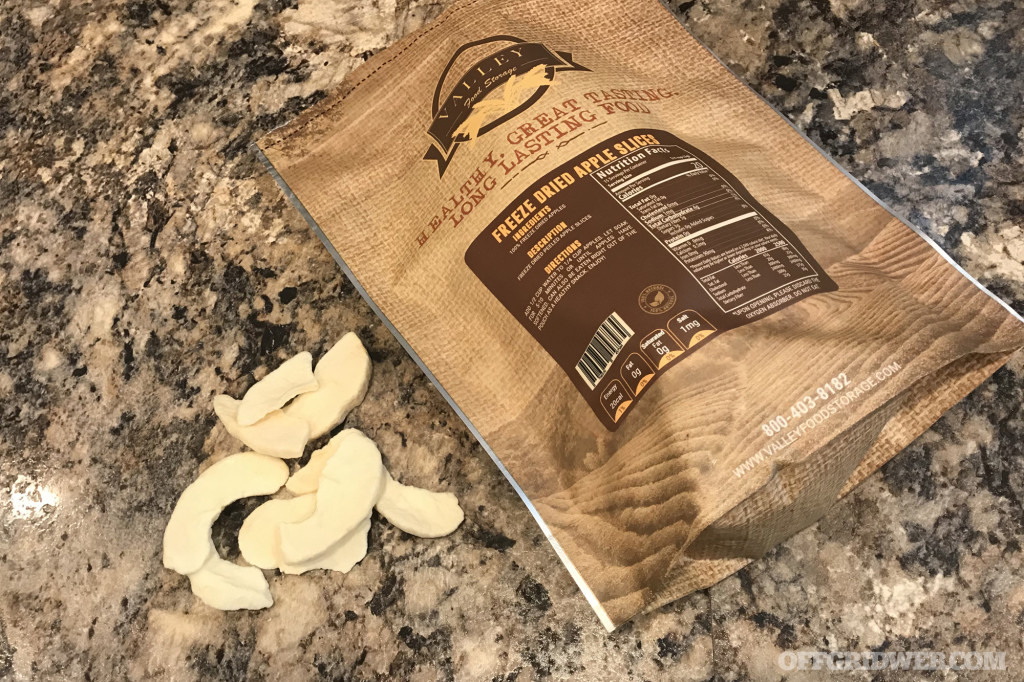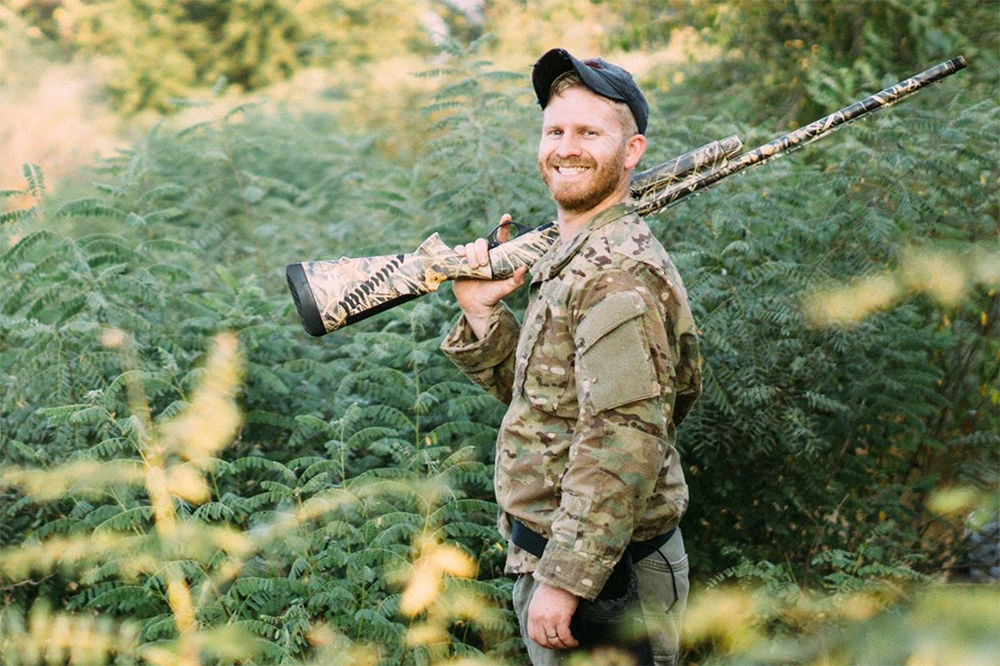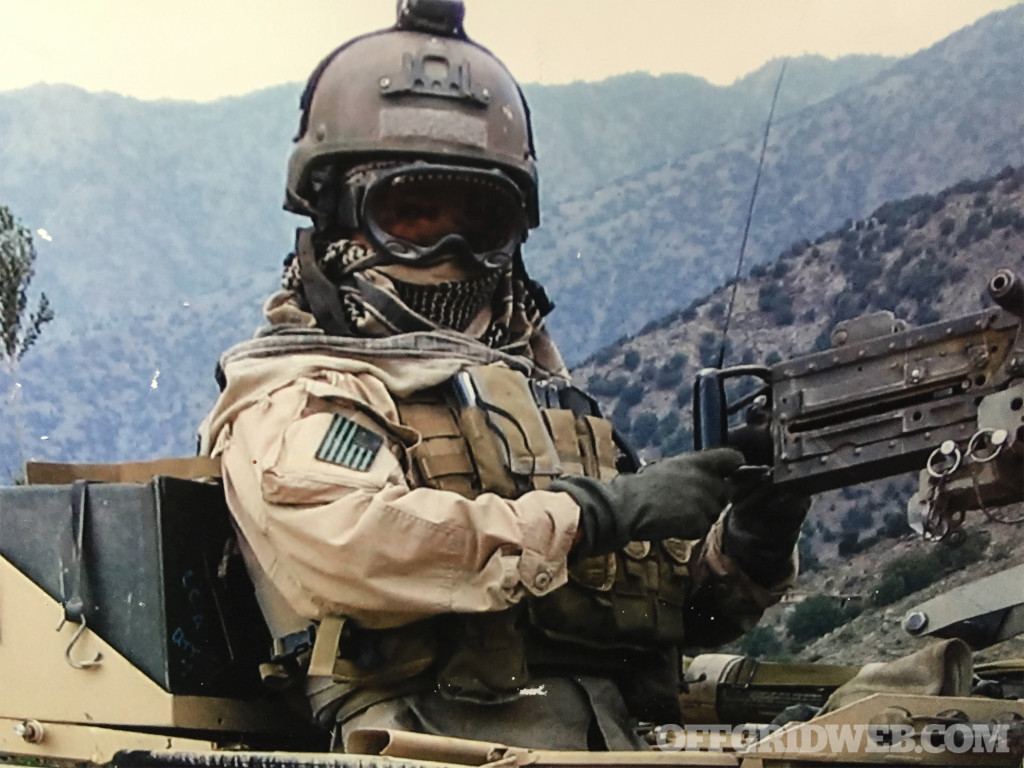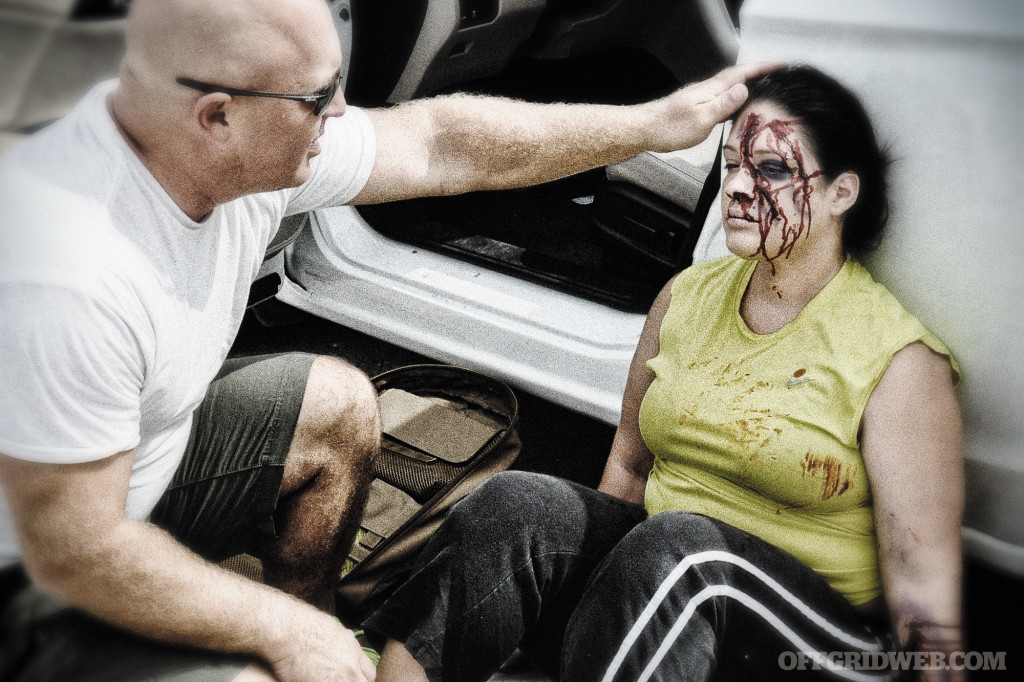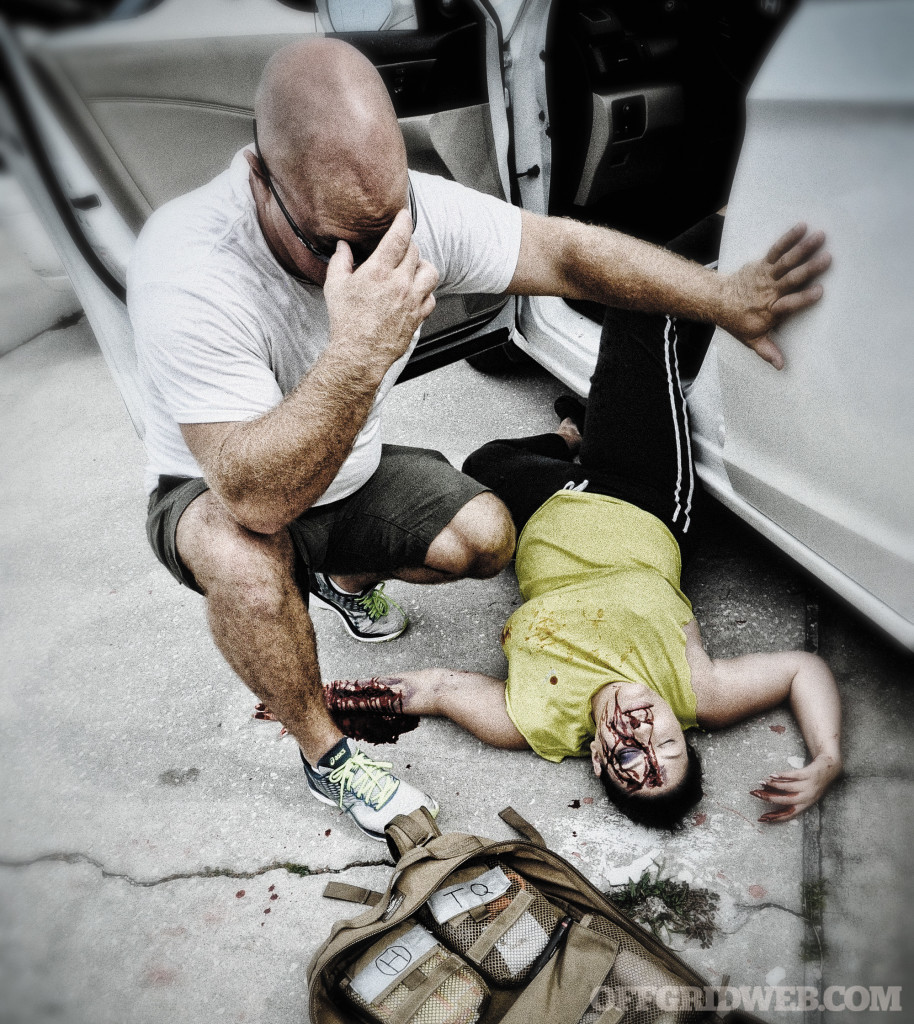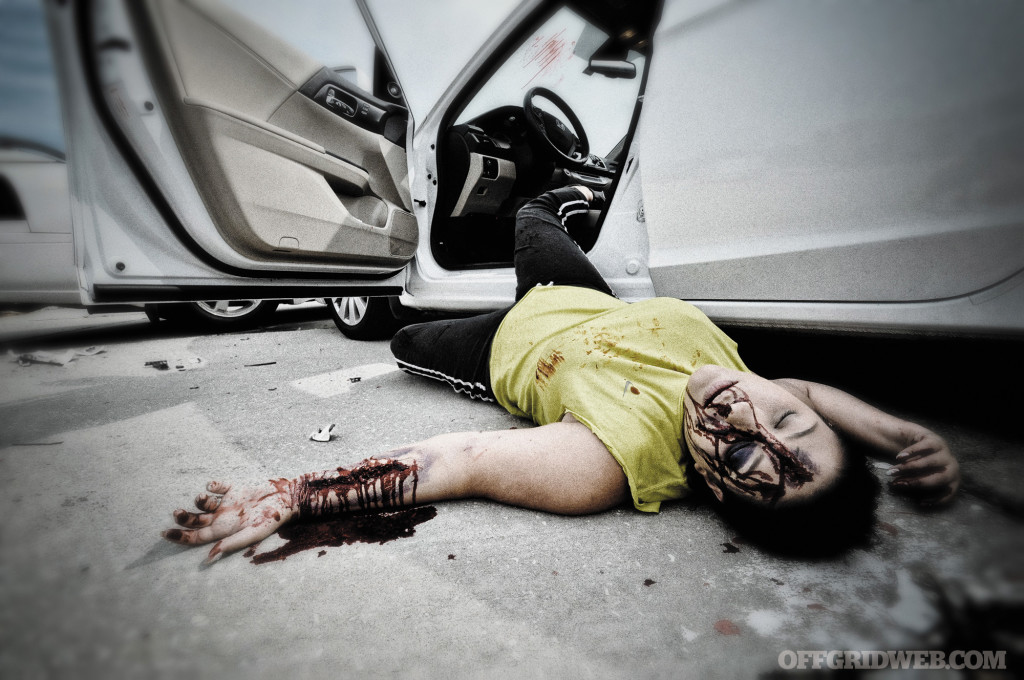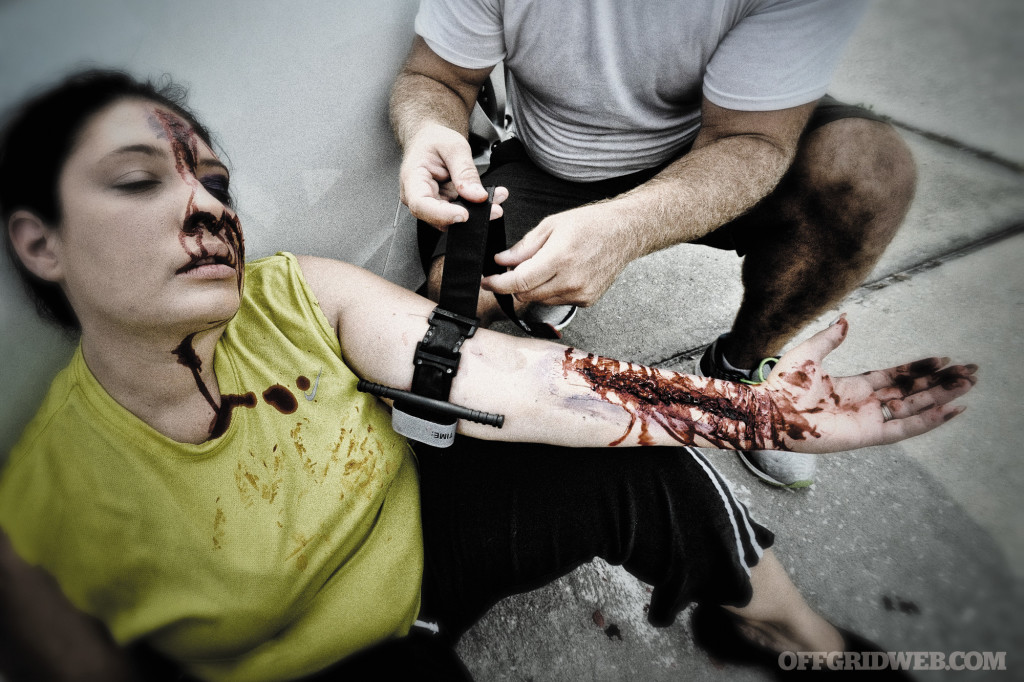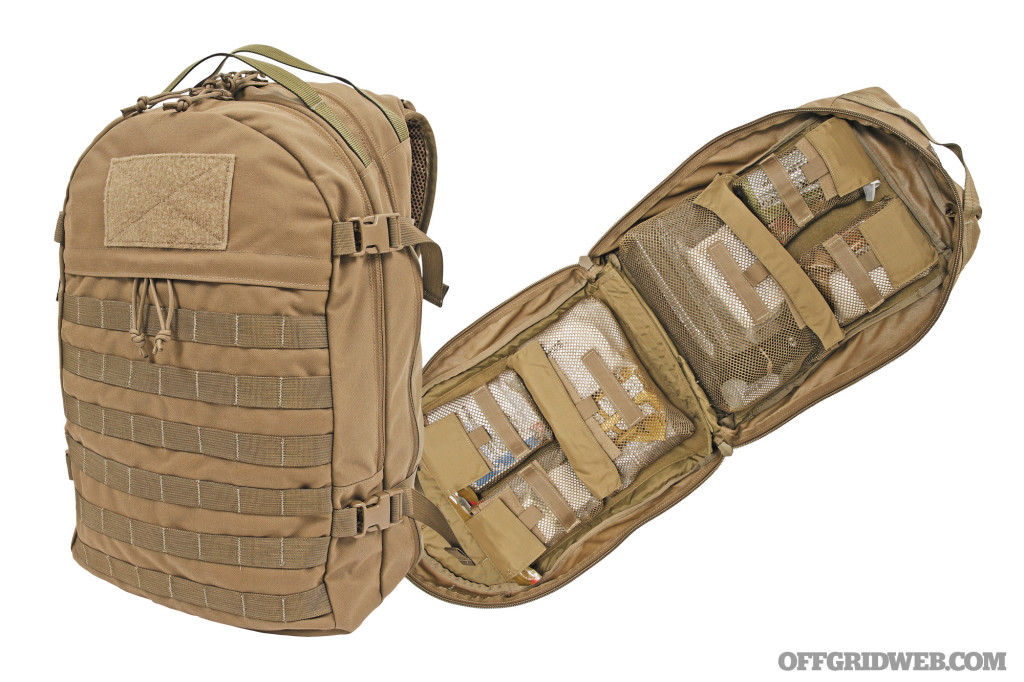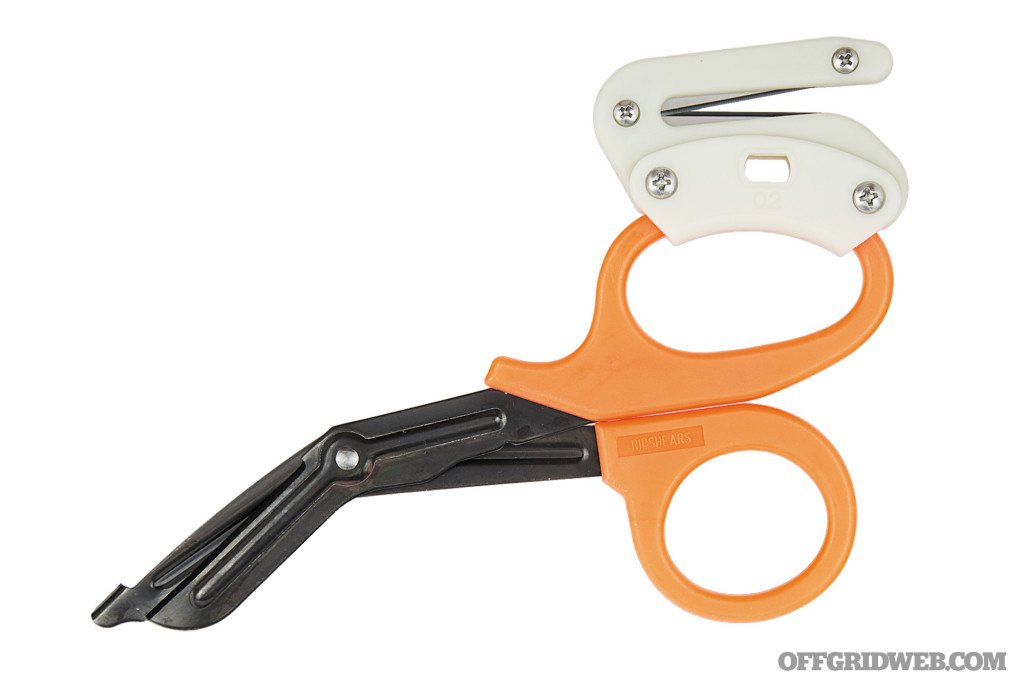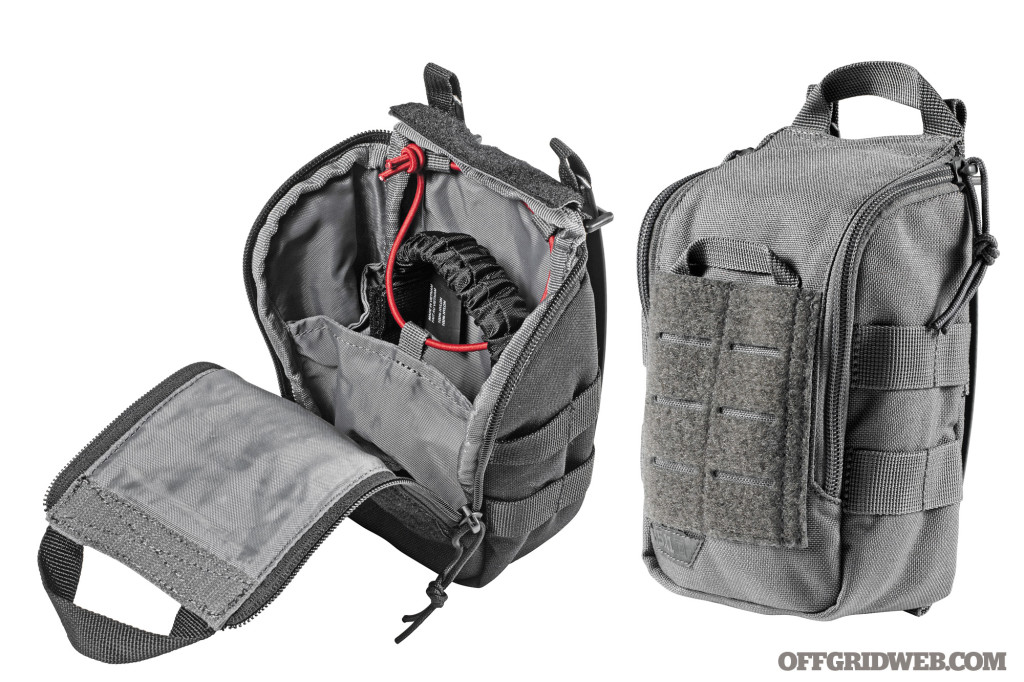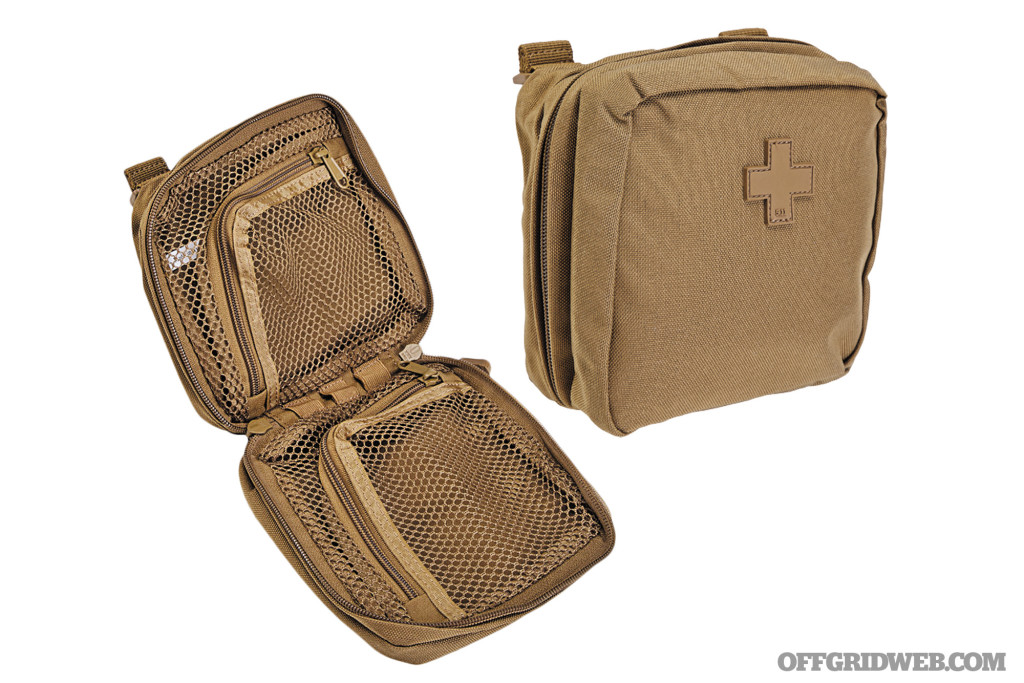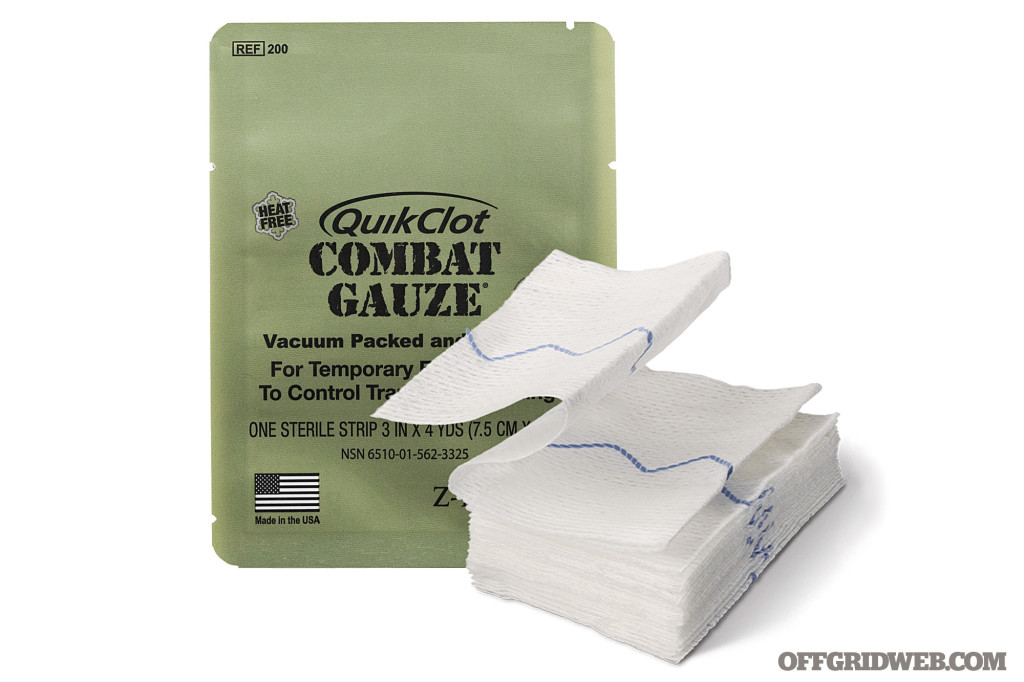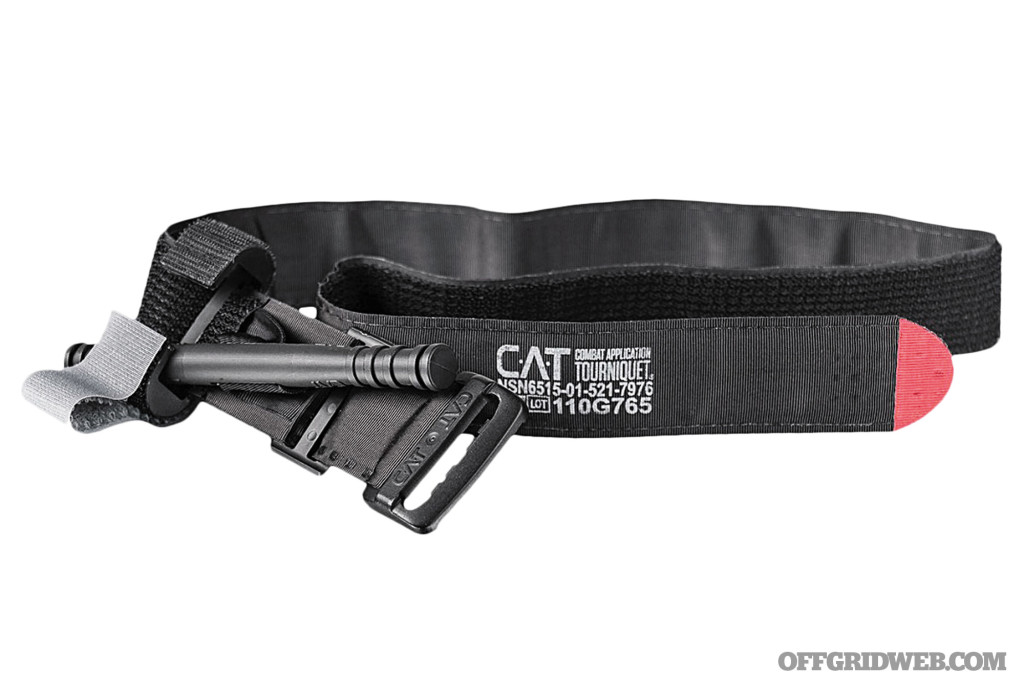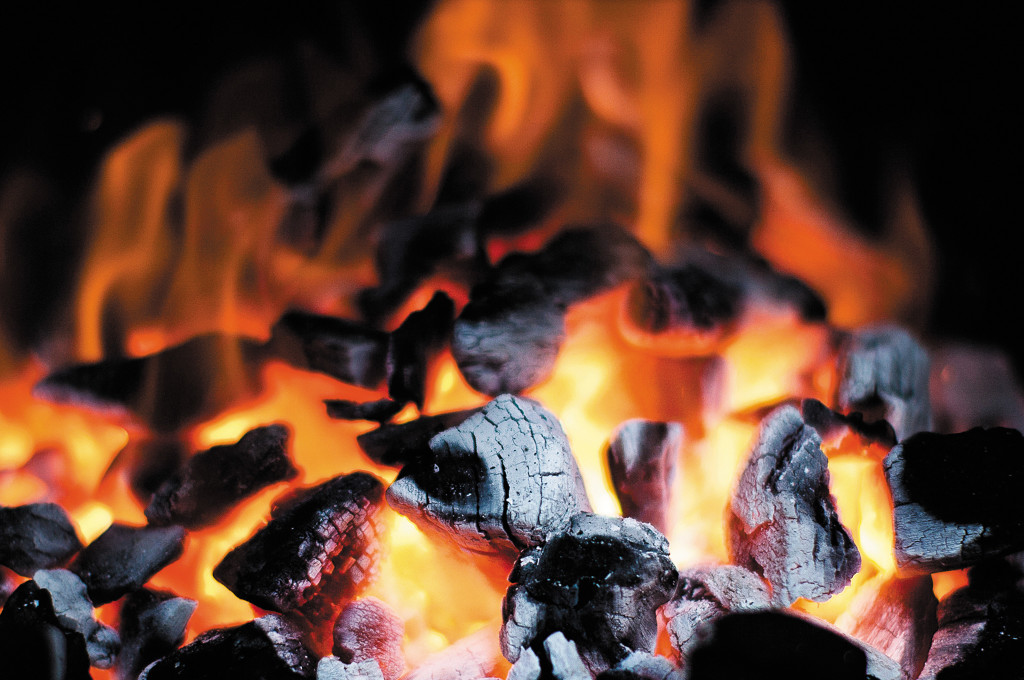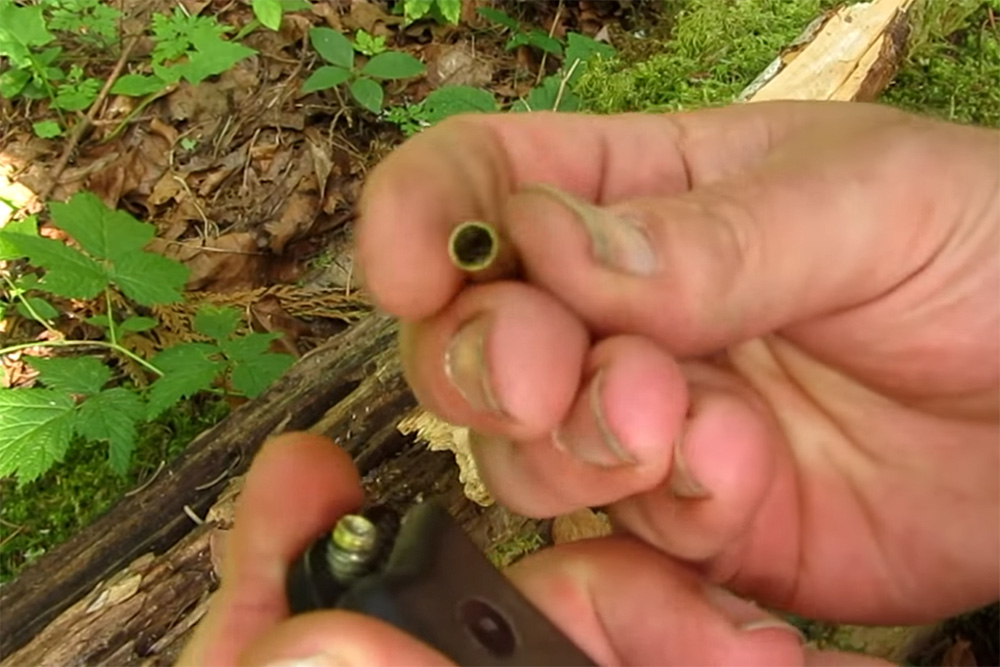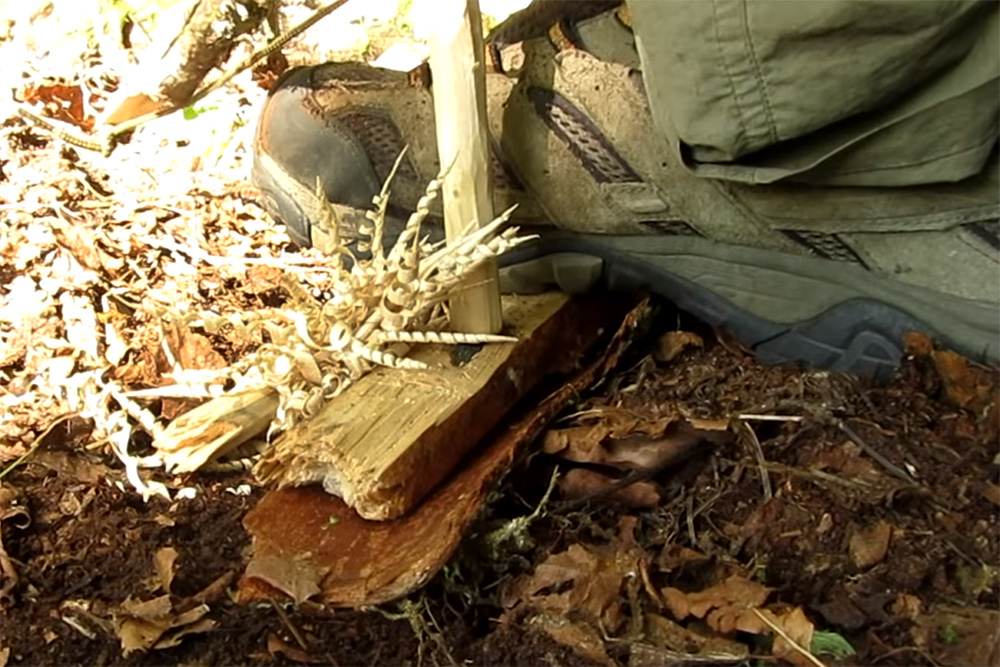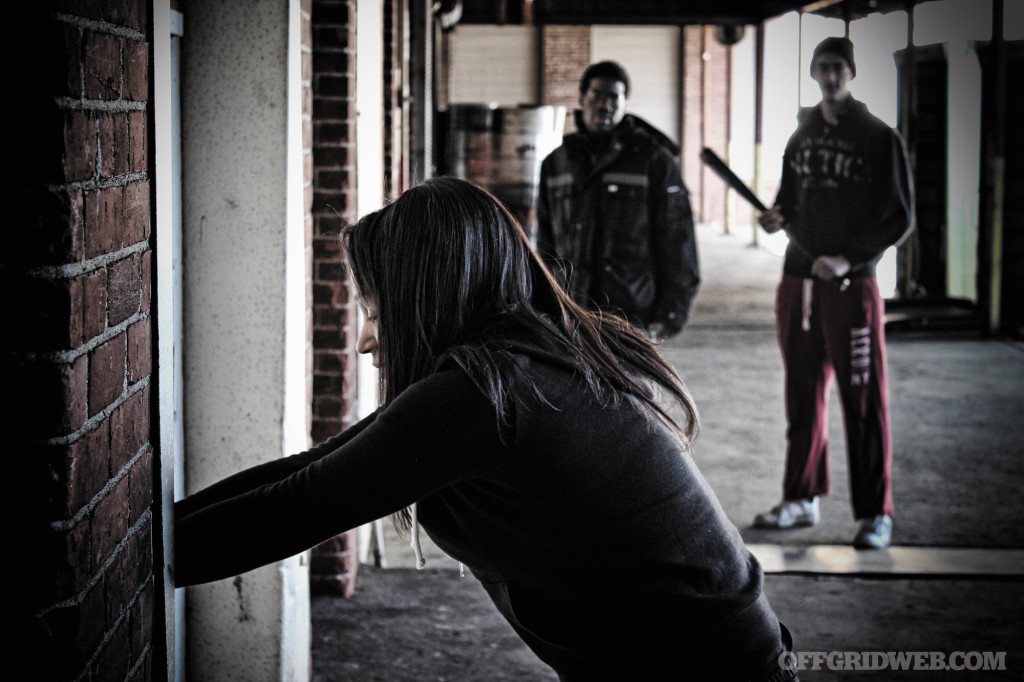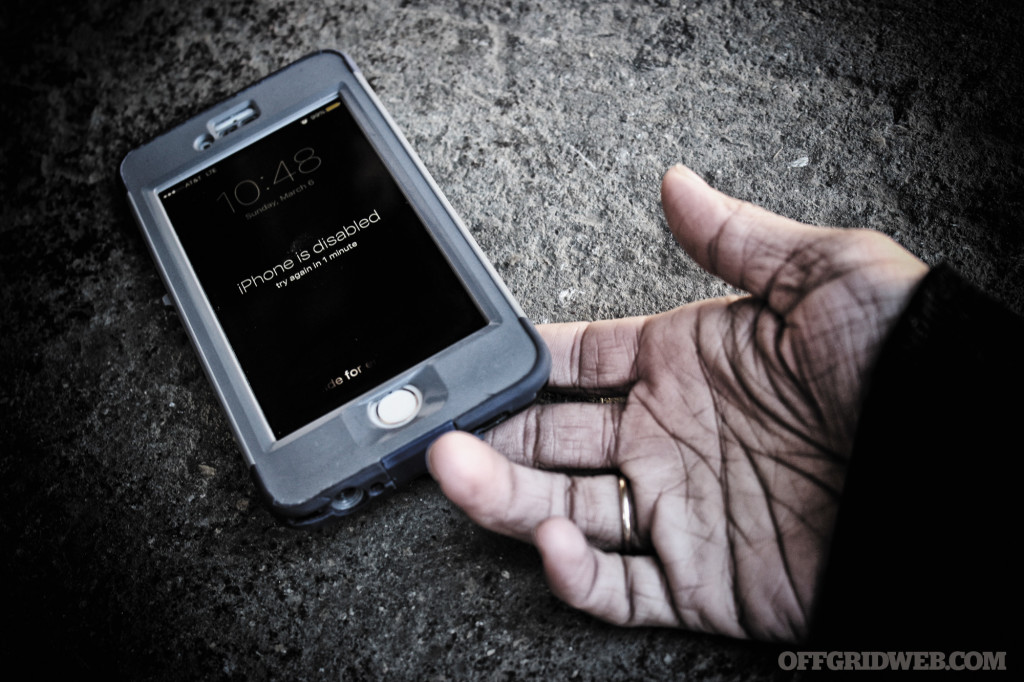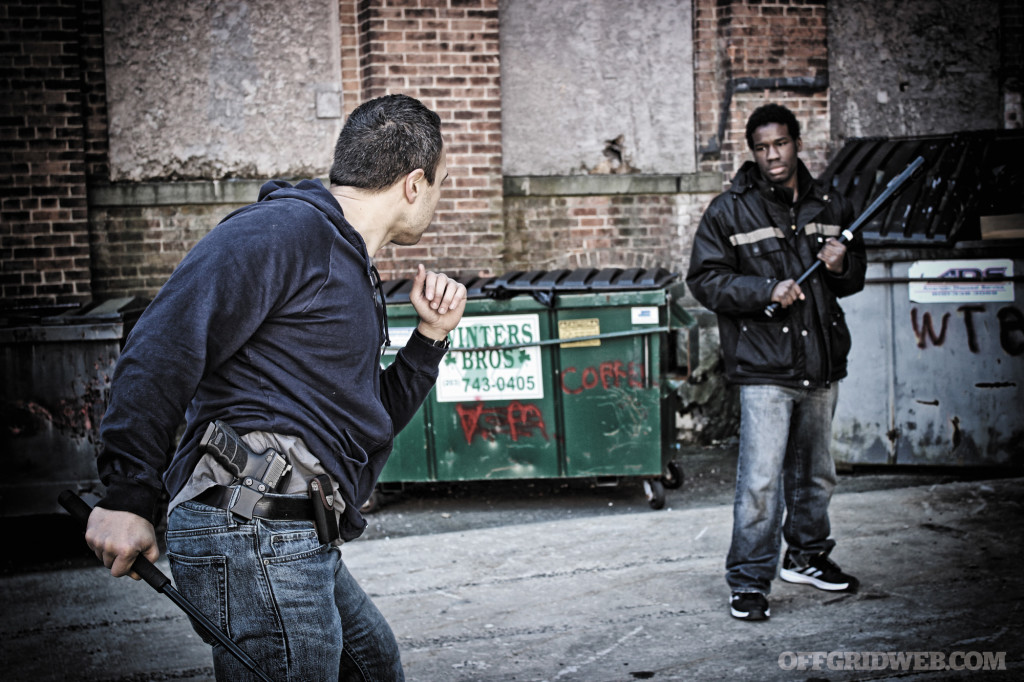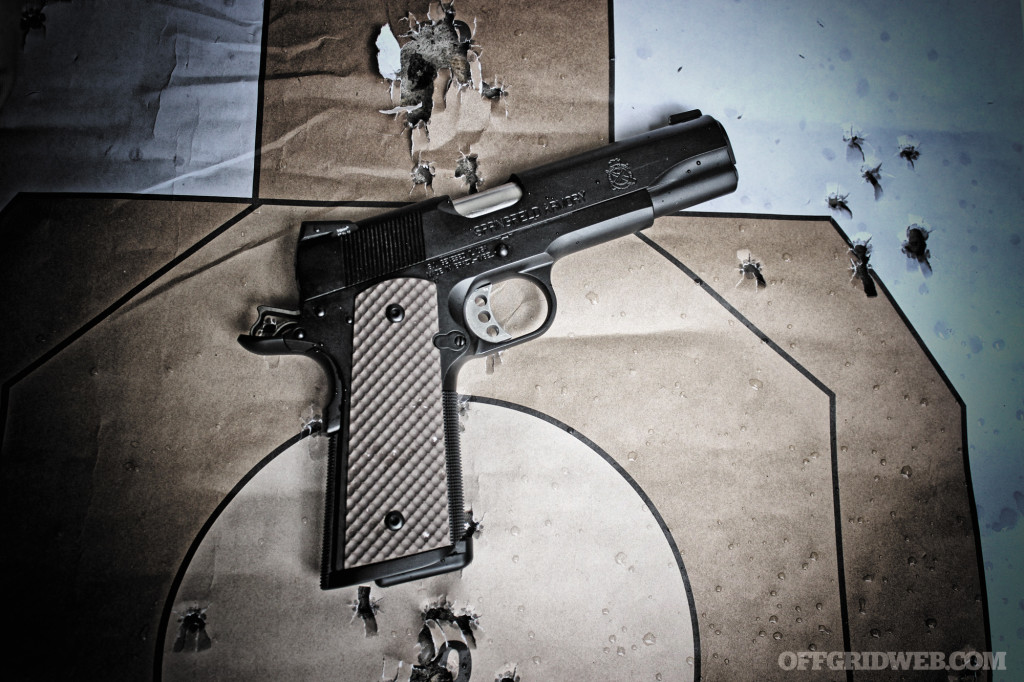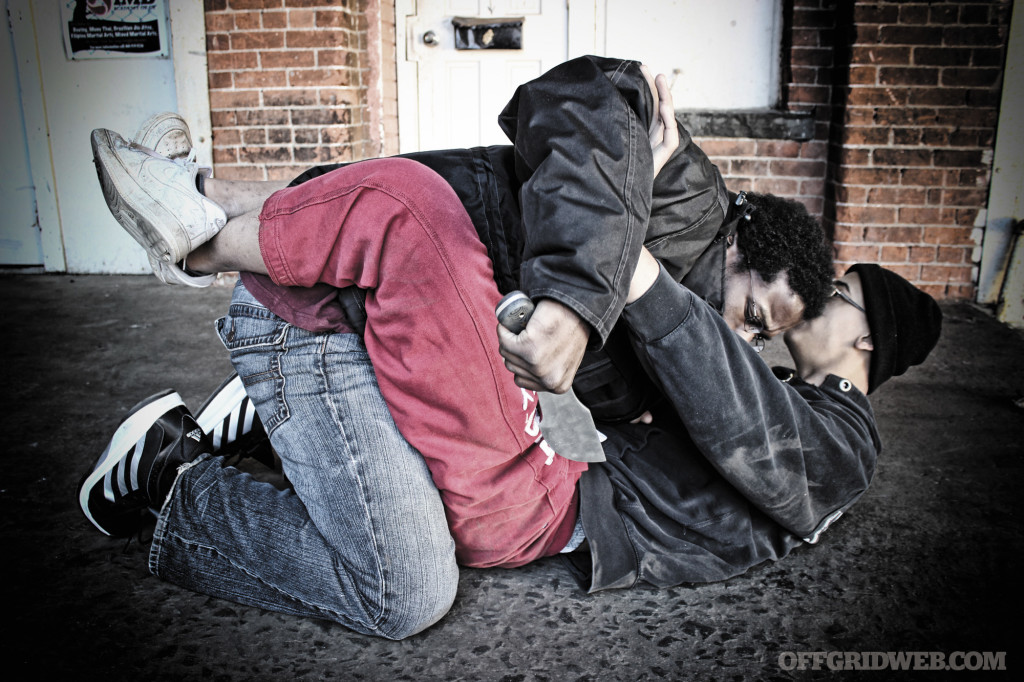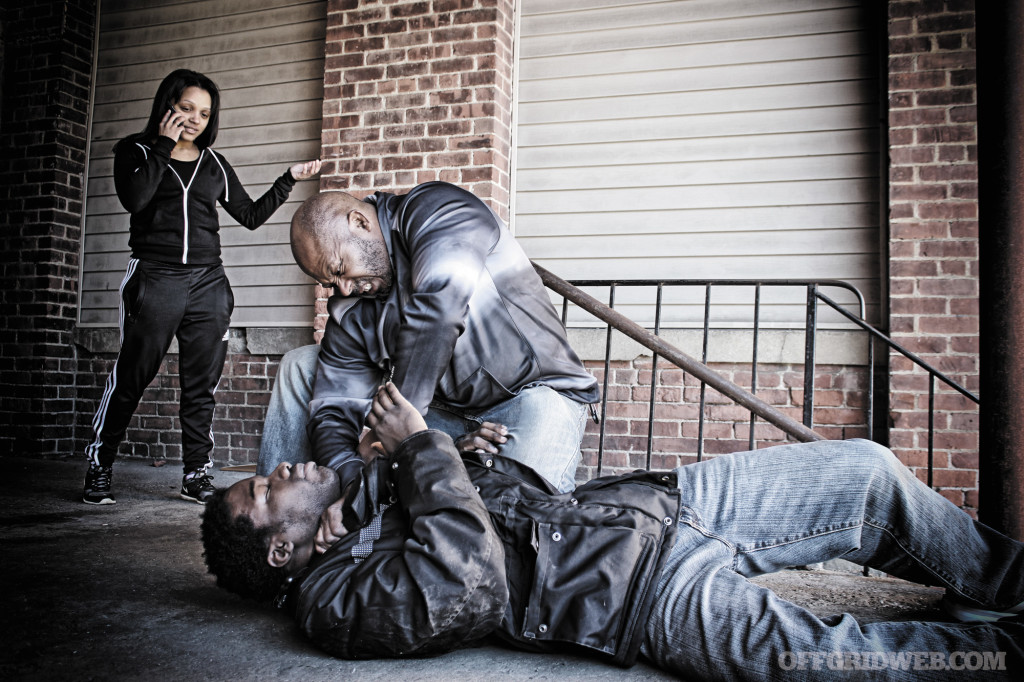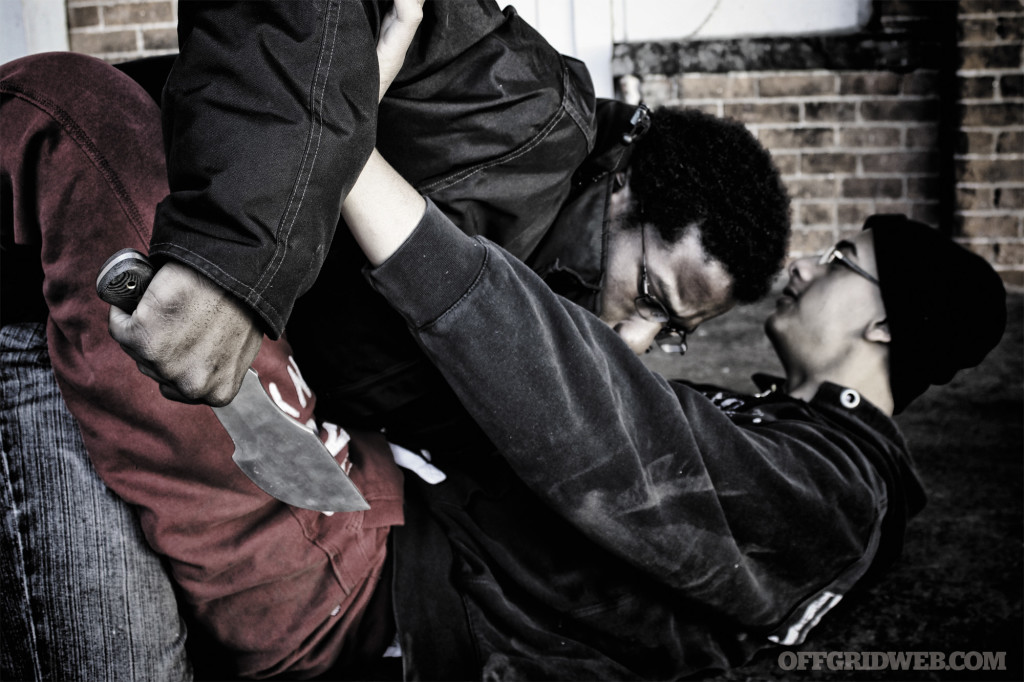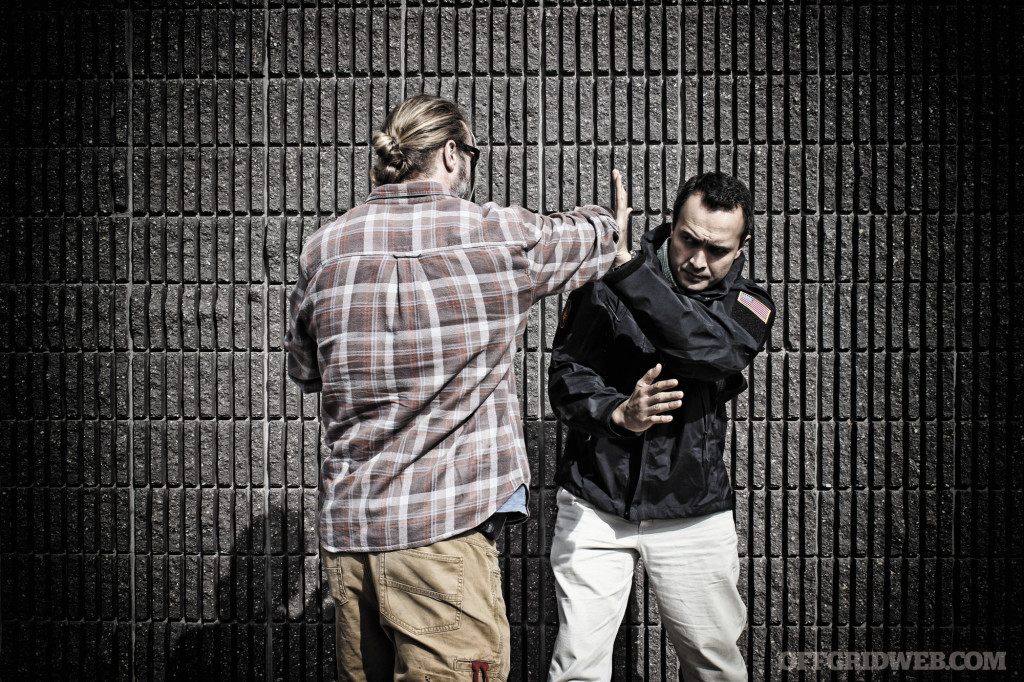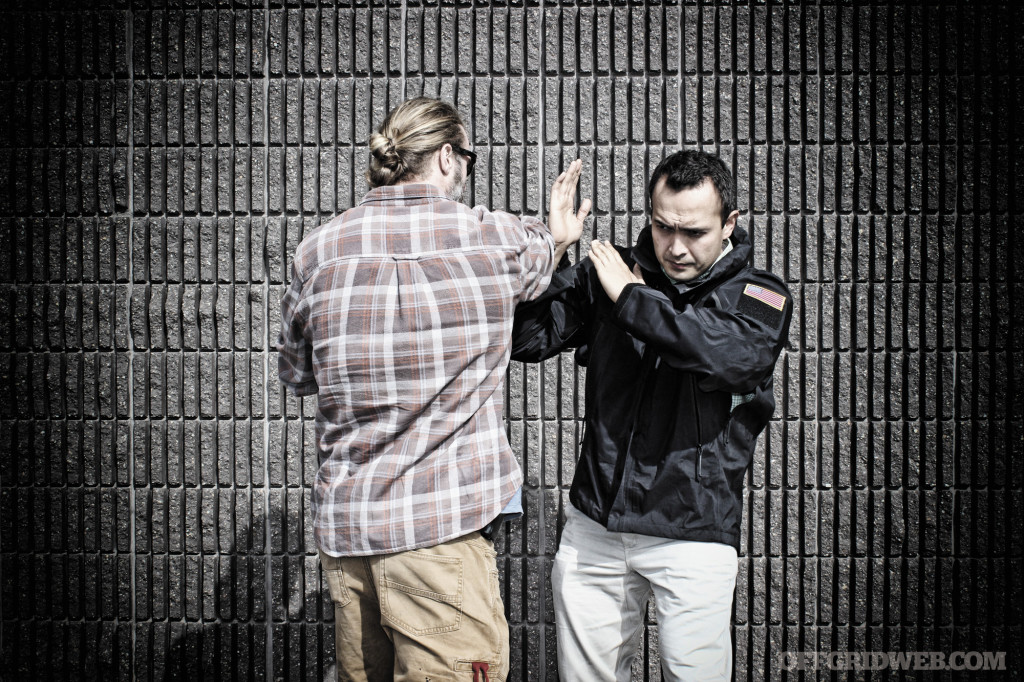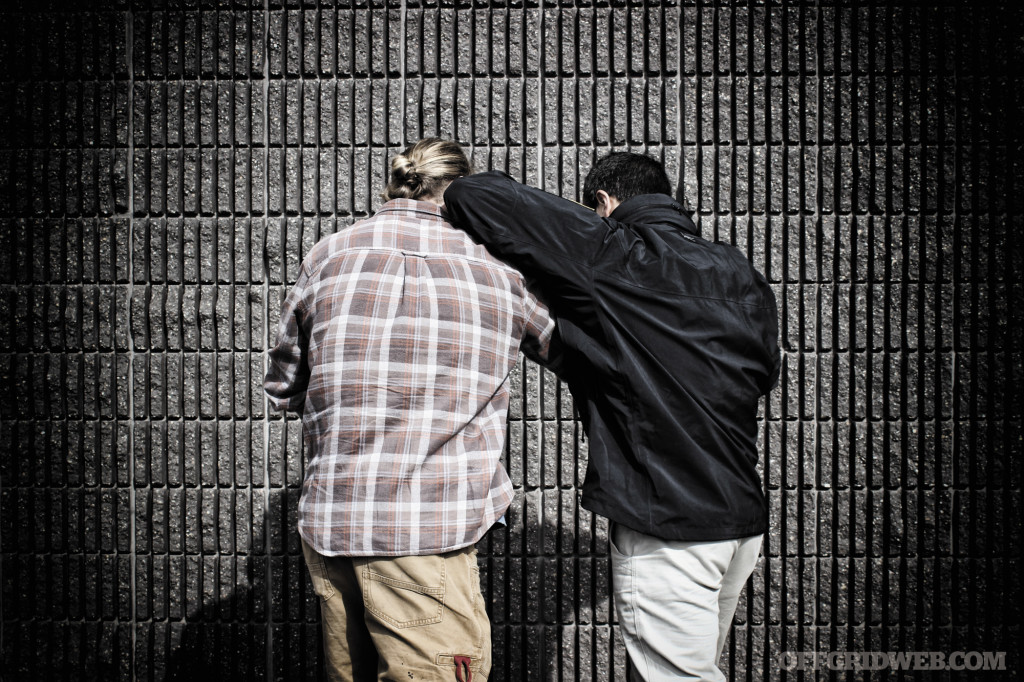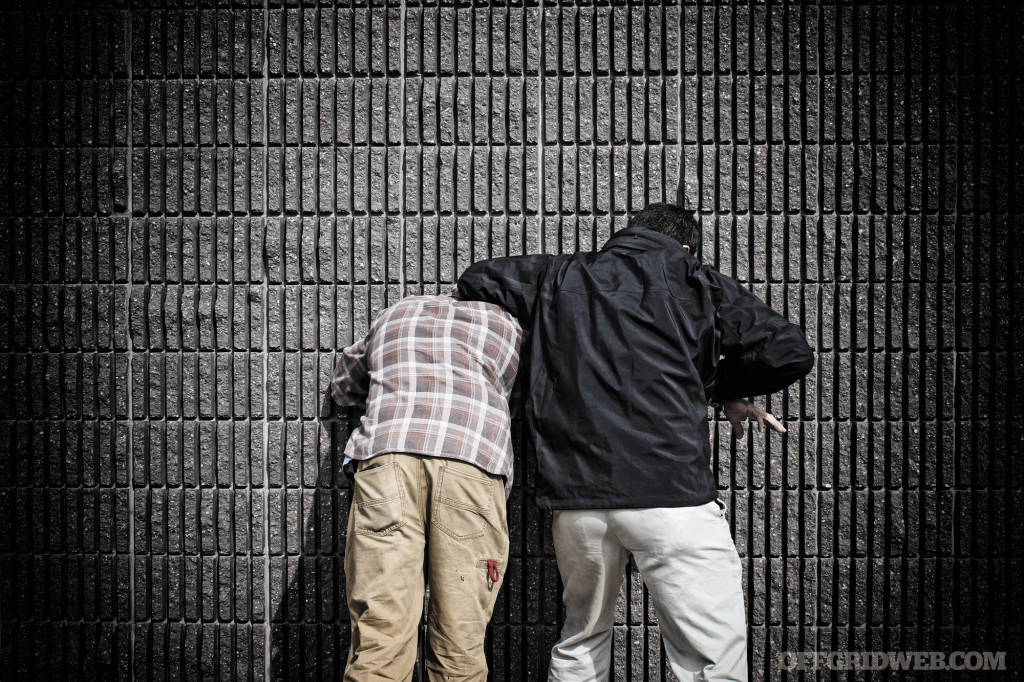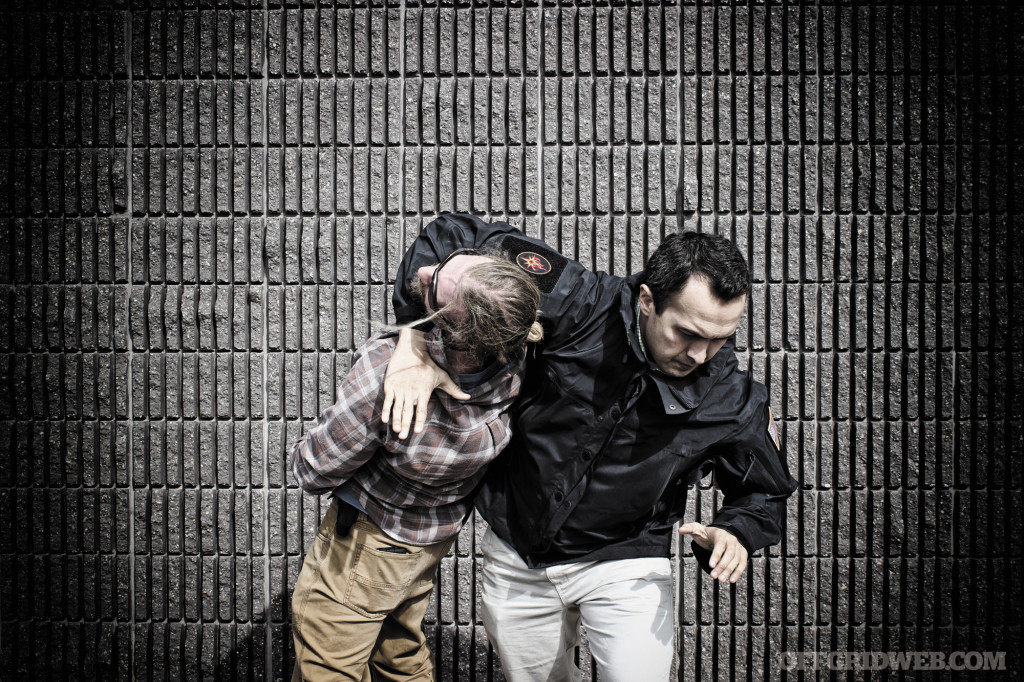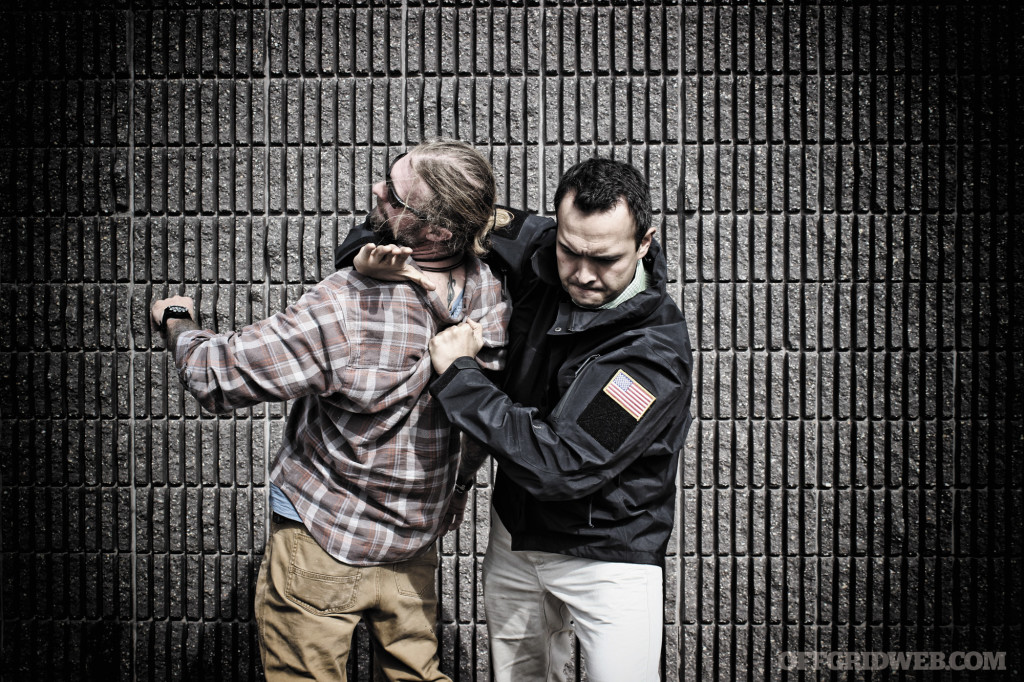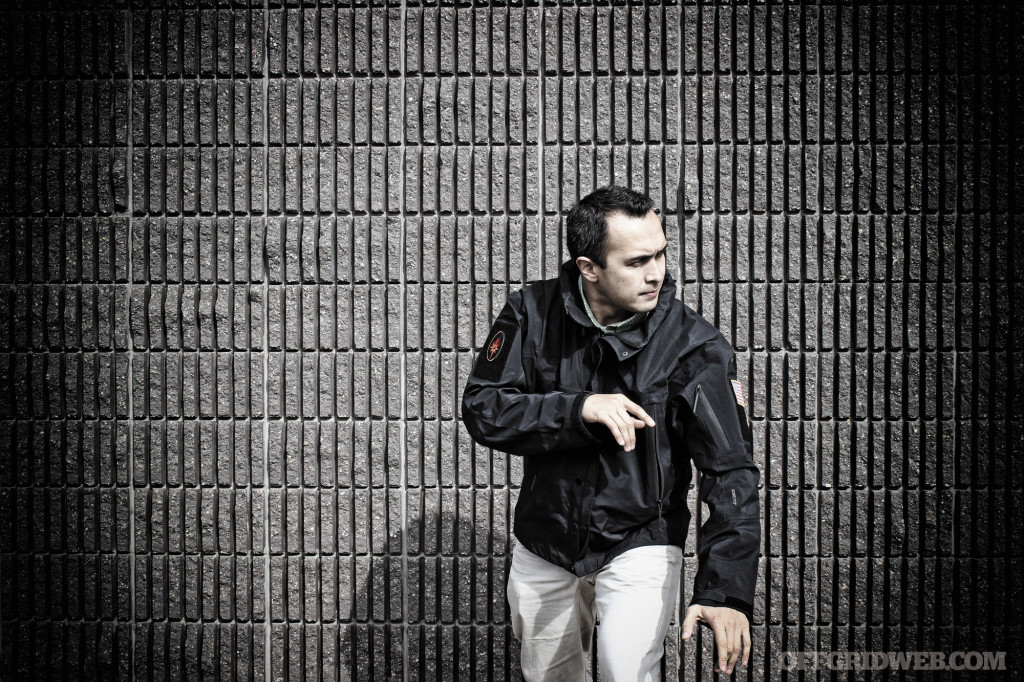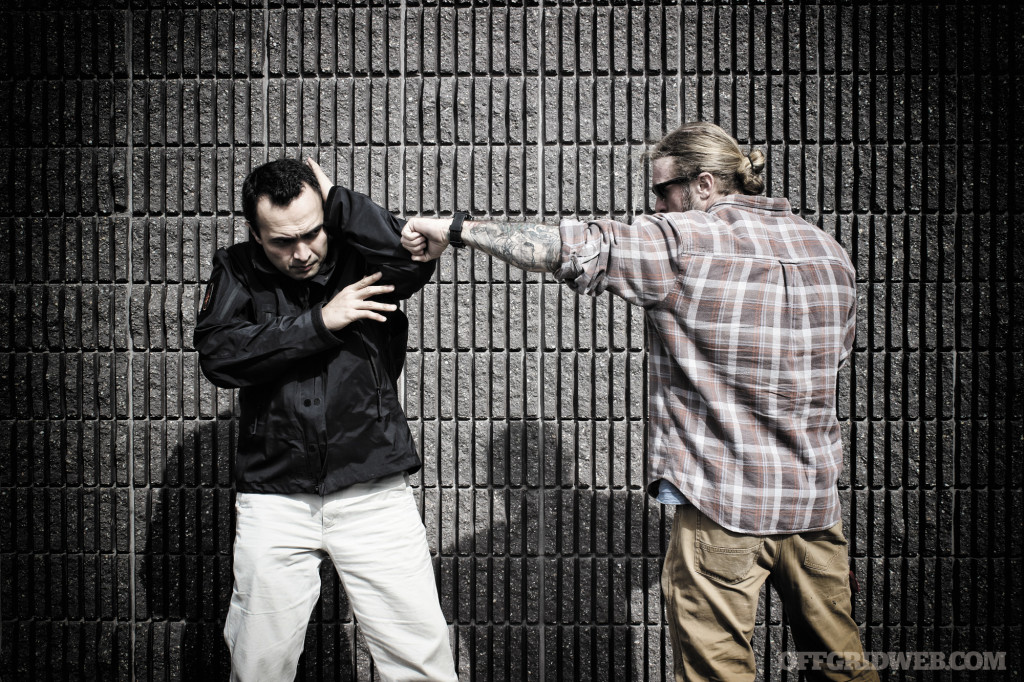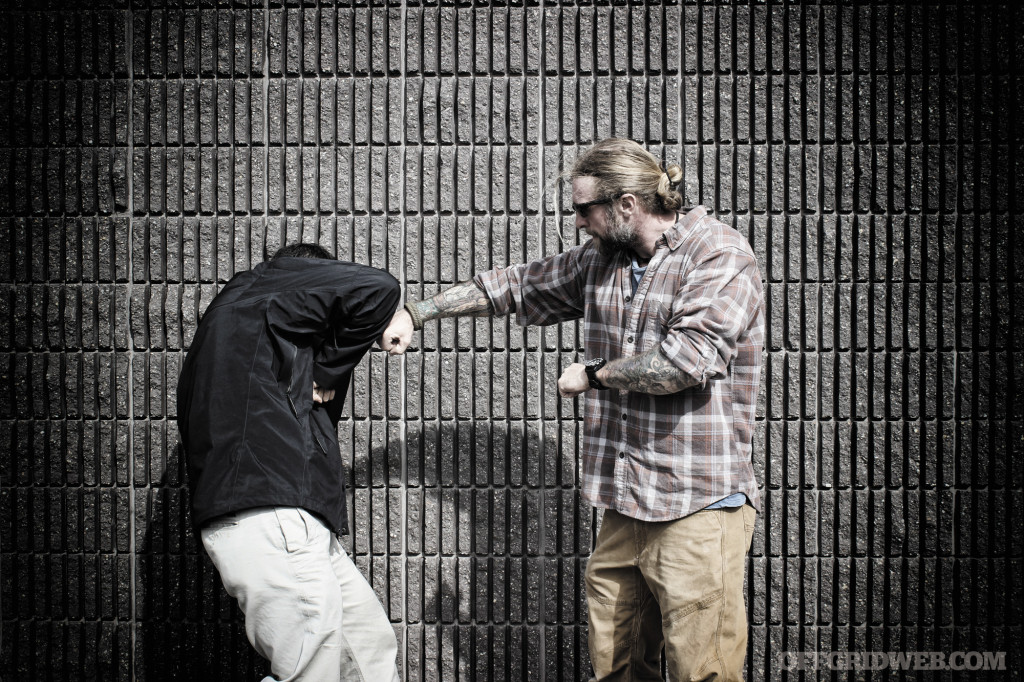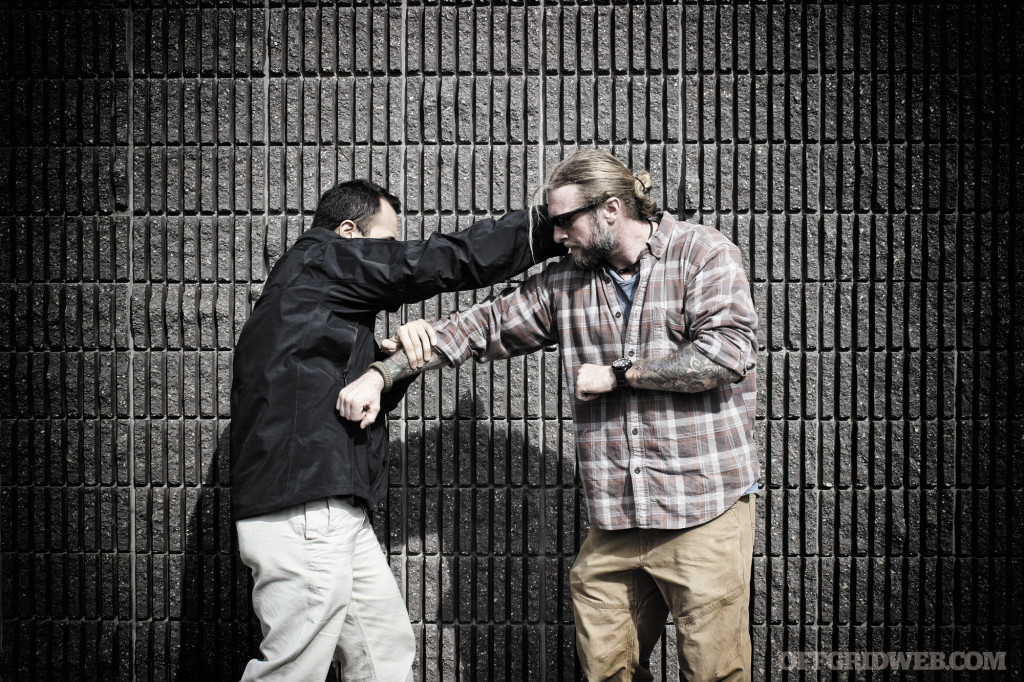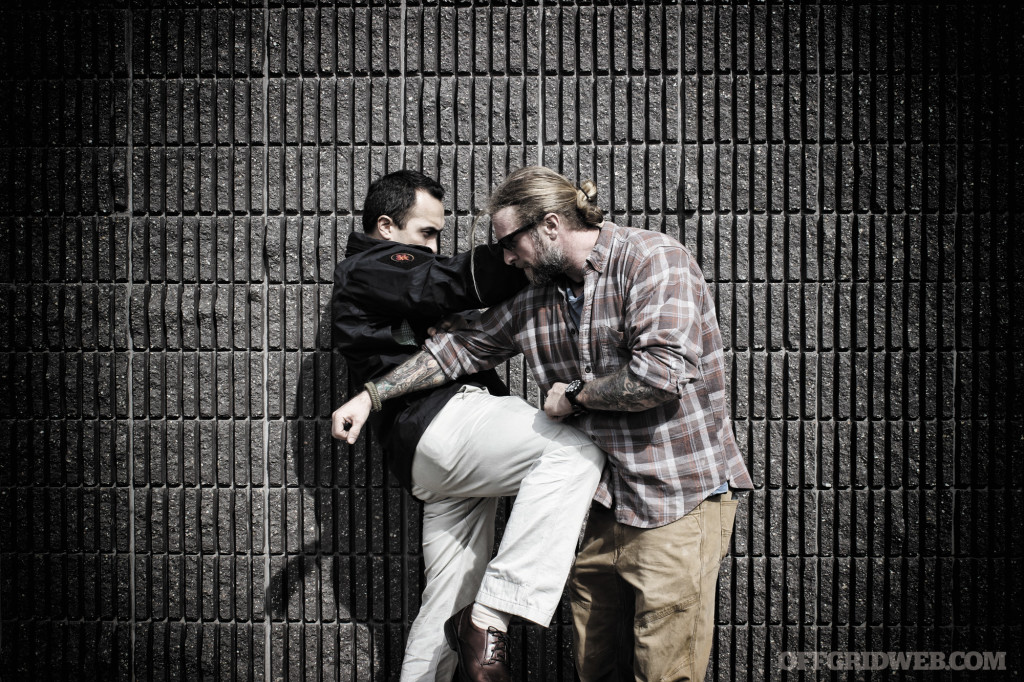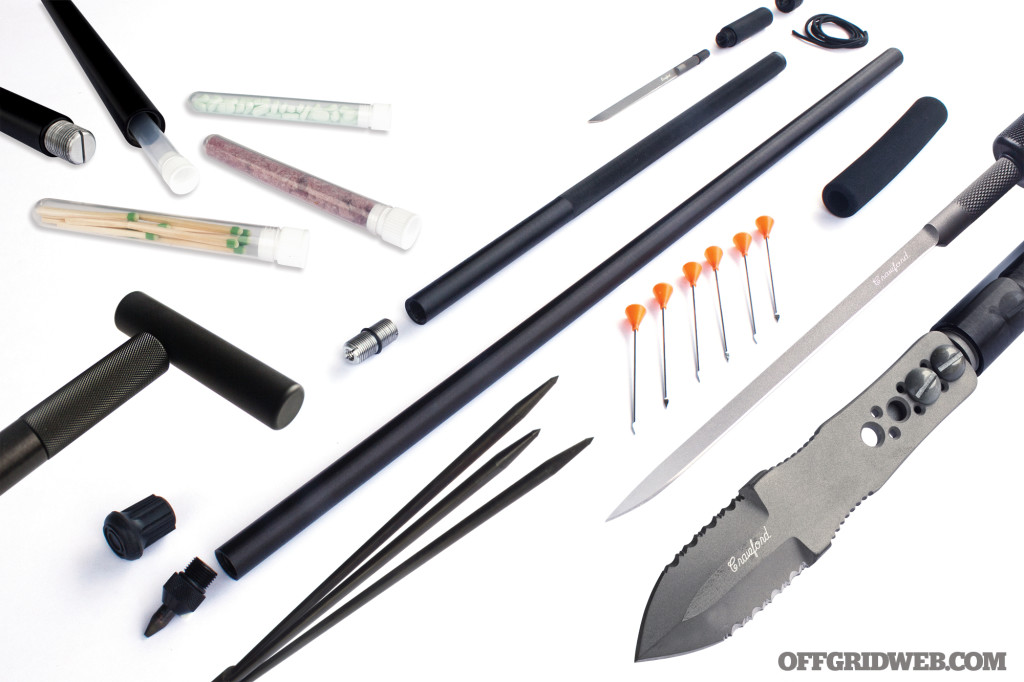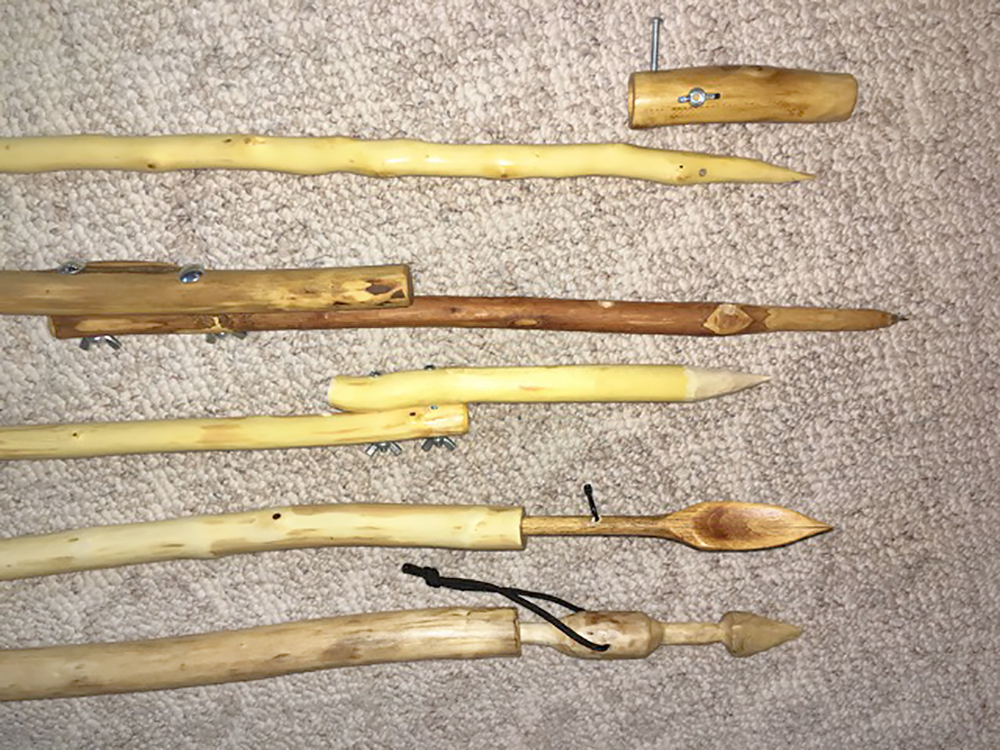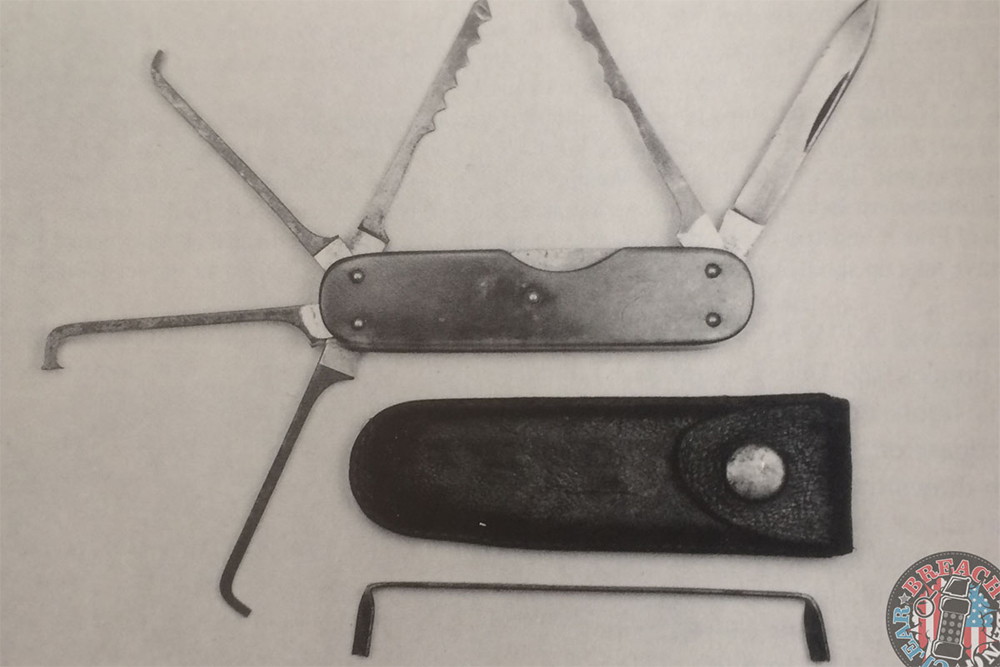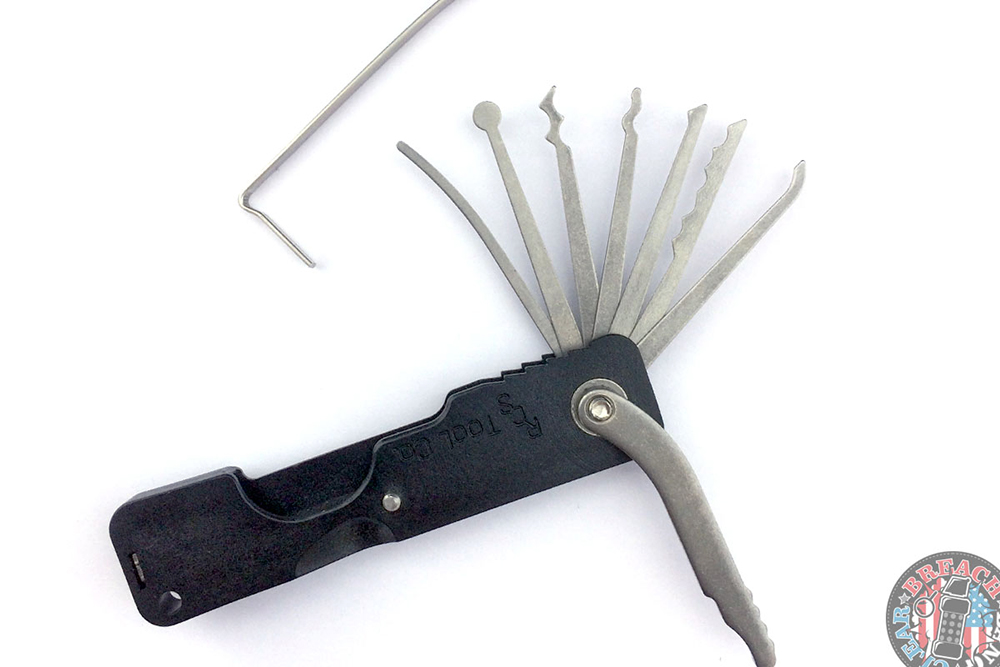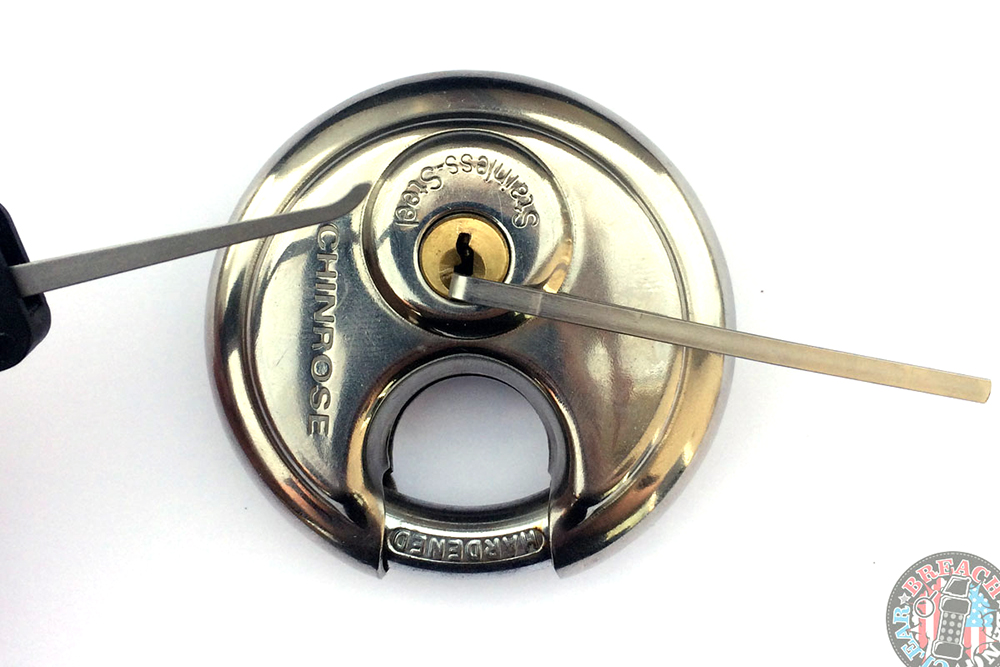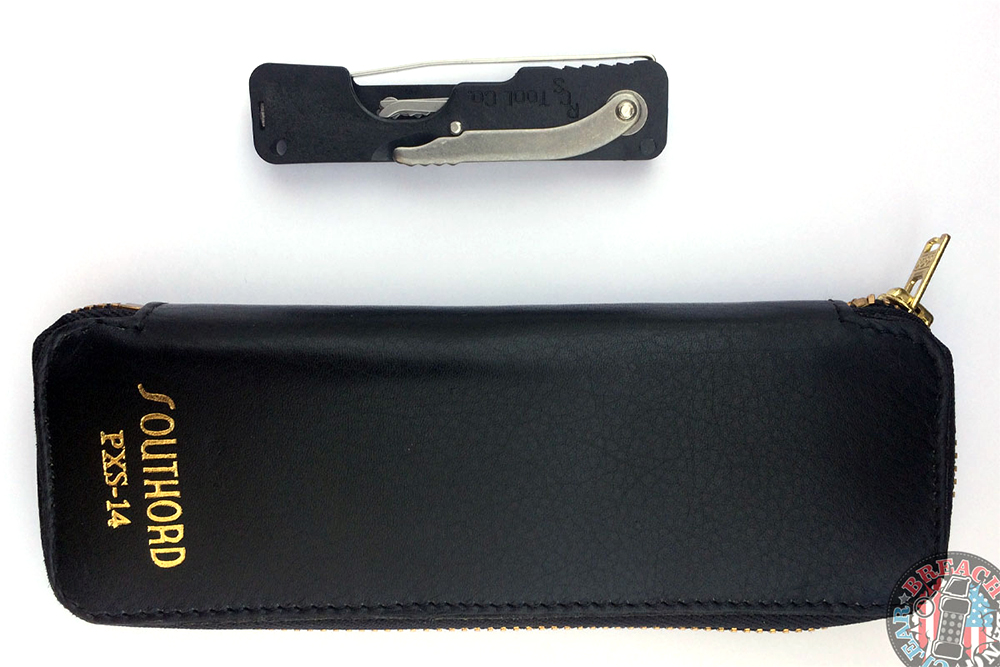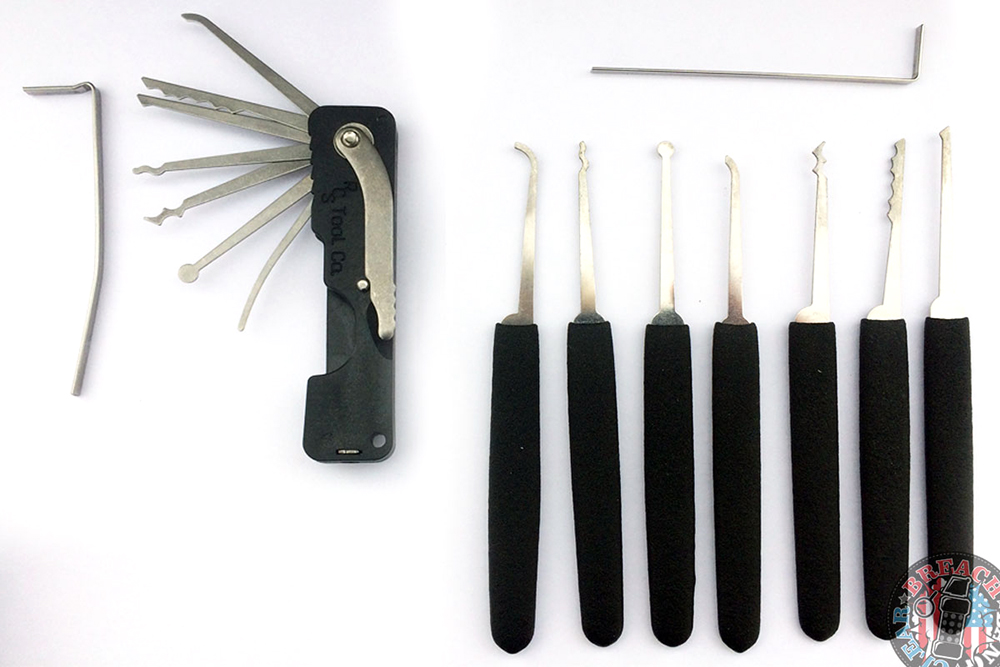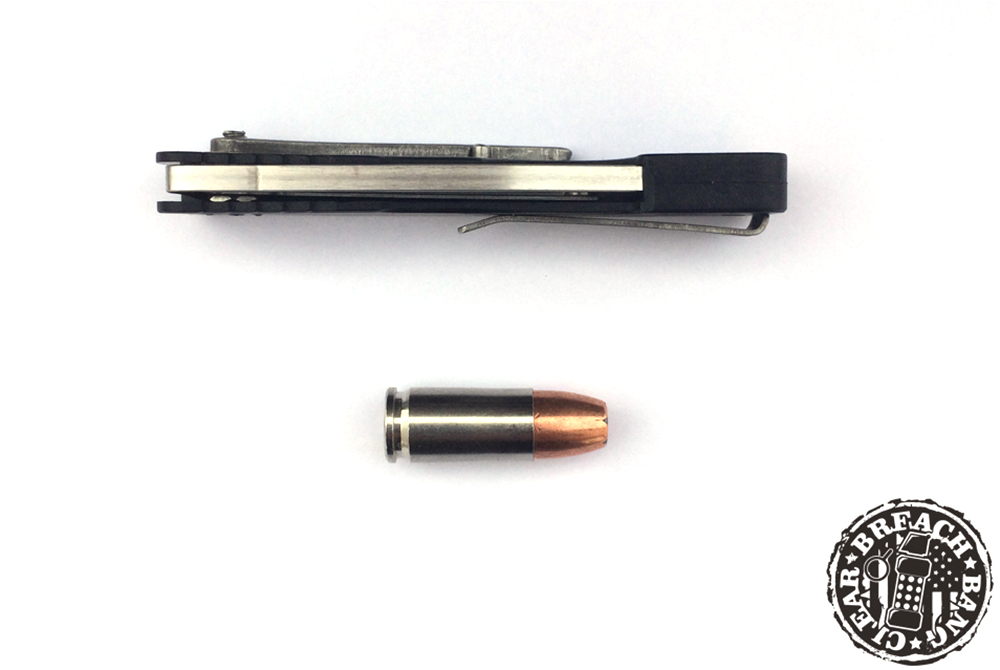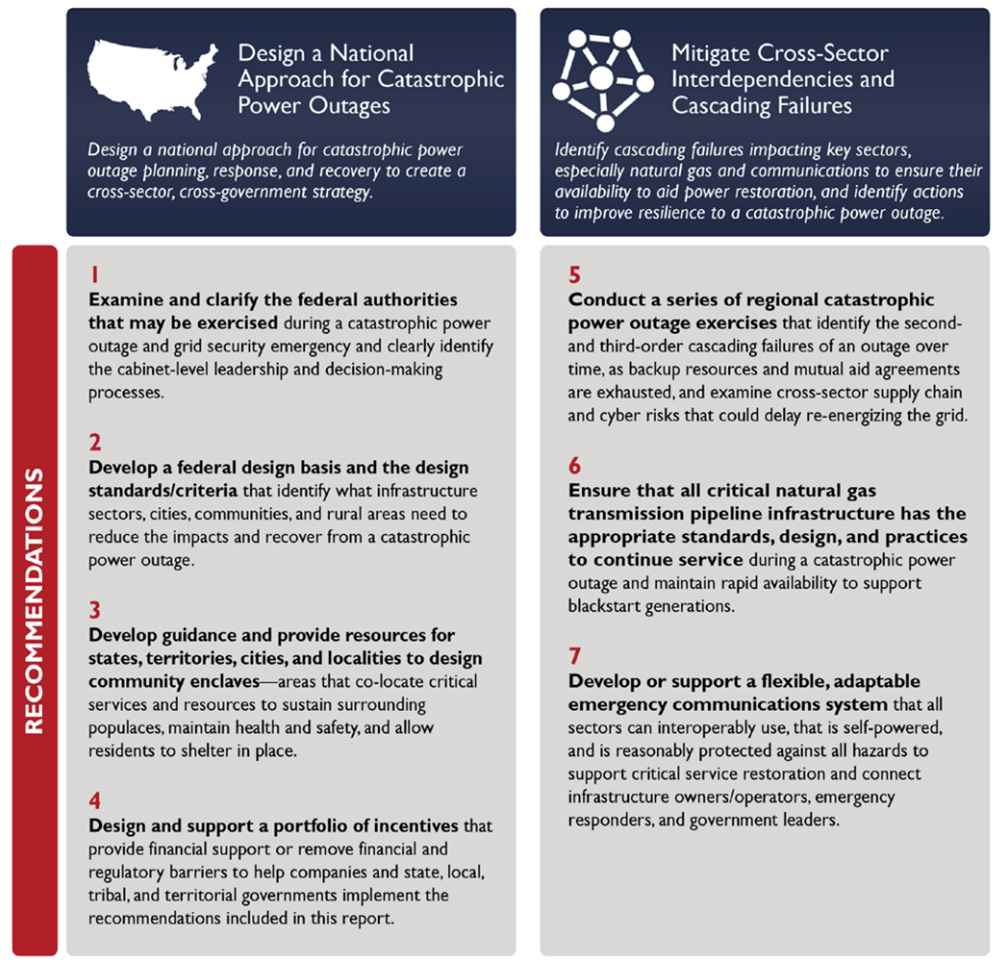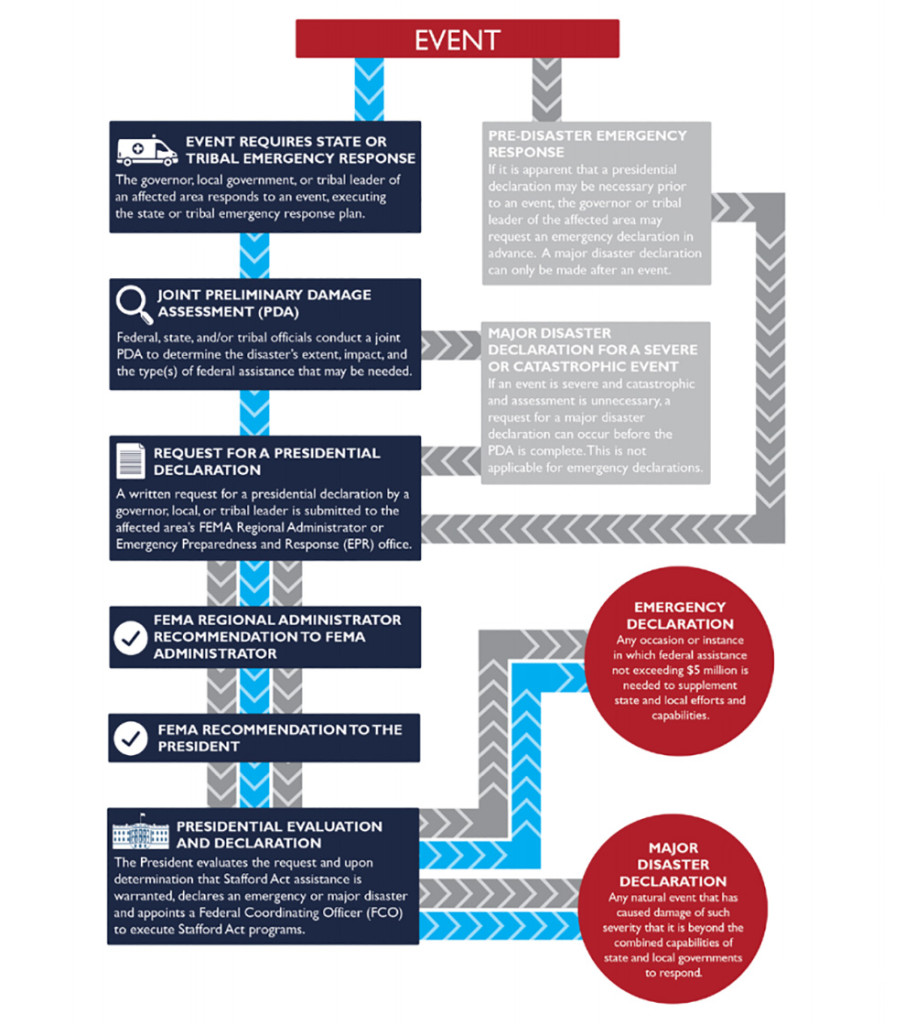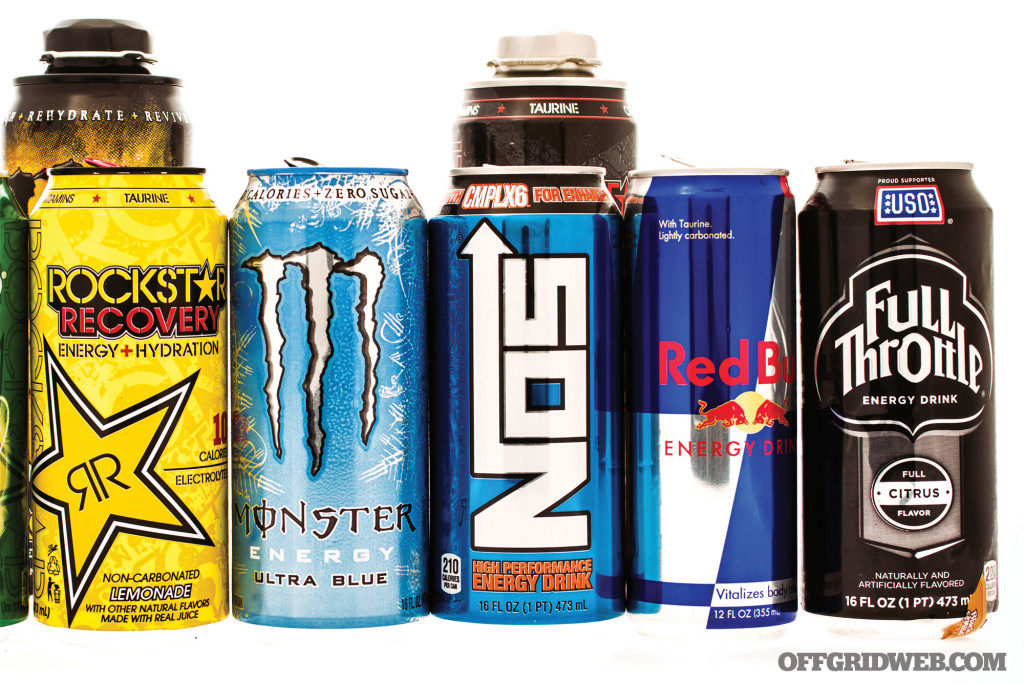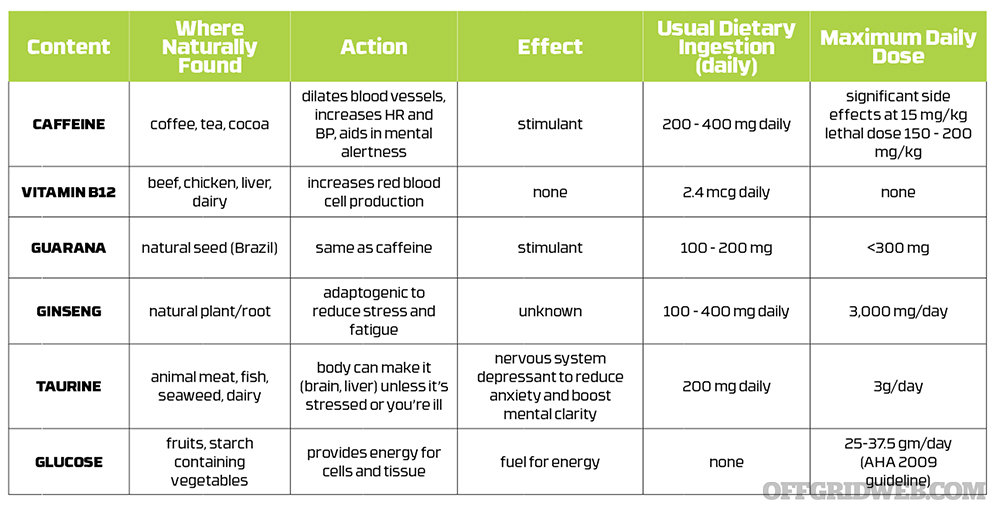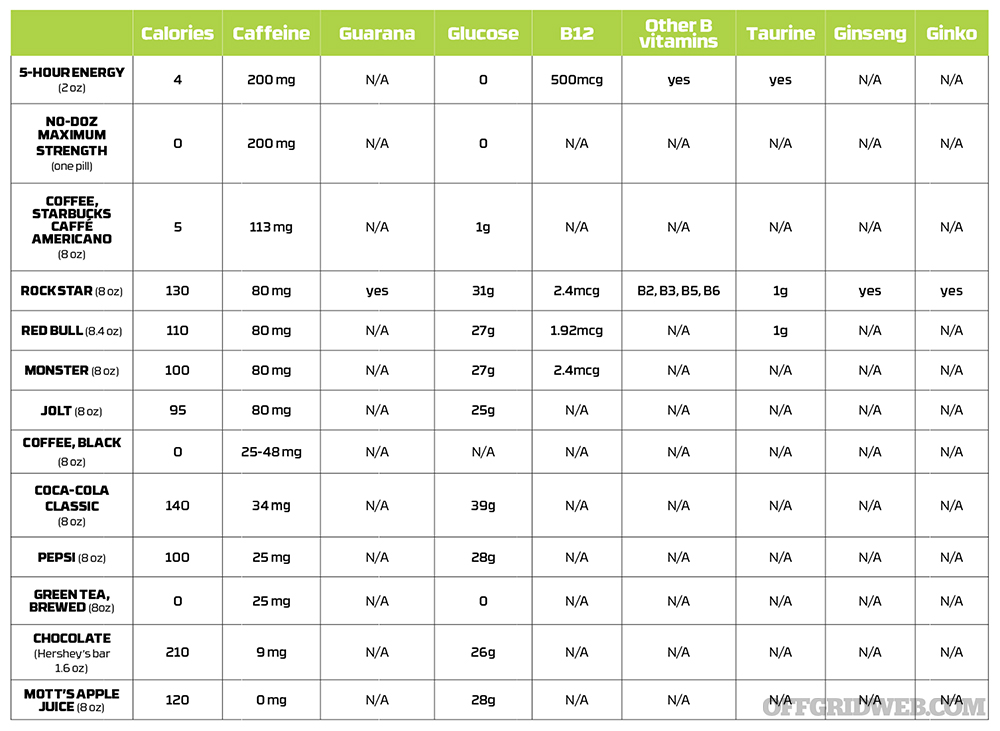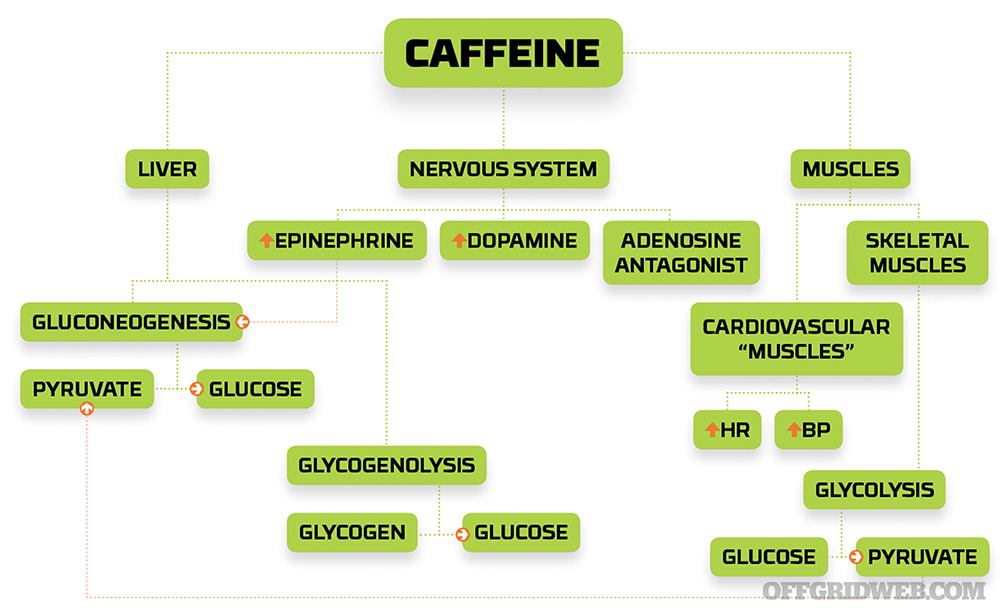In This Article
“If the monster hides under your bed, it must be afraid of you,” a father says to his 6-year-old son during Hurricane Katrina. The family had been sitting in the living room for the past four hours watching the emergency weather reports and the local news as it covered what they termed “the impending disaster” when the Break Falls River crested its banks.
This had happened three times in the past six years, and each time, the family had waited for the evacuation signal, knowing that they could lose everything. But this time seemed different, and 10-year-old Margaret saw it in her parents’ faces.
The whispers back and forth and the furtive looks at the television left her with “scary feelings” that were growing worse — as if 100 butterflies were trying to get out at the same time. She began to cry and couldn’t stop. Suddenly, she felt the wetness running down her leg as her sobbing became uncontrollable. She had wet herself and began to shake as both parents turned away from the television. Her 3-year-old brother, who had been contentedly playing on the floor, looked at his sister and began to cry.
The fear response had completely taken over.
Going off-grid with children on board can present a myriad of problems, and one of your greatest concerns will be how to cope with, reduce, and prevent children’s fear reactions from endangering their lives and those in the group. For the purpose of this article, we’re talking about children 12 years of age and under. When the “fear response” is triggered, you need specific tactics to cope with a child’s fear. Unfortunately, when one child begins to scream, refuses to move, and becomes physically sick, other children will observe this and likely soon follow.
Knowing how to recognize a child’s fear response and what you can do to help should be an essential part of your mental bug-out bag. Knowing what to do when a child experiences fear may be essential for everyone’s survival, even if you don’t have children of your own.
Identifying a child’s fear response is the first step.
Children’s Fear Response
Any kind of natural or manmade disaster can be a frightening experience for any adult. But take a moment and imagine what it must be like to be a child under the age of 12.
Children have very little control over their environment simply because they can’t drive, operate complex machinery, and don’t physically have the strength, stamina, or speed of the average adult. They have to rely upon adults and parents for physical strength, emotional strength, and (most importantly) decision making.
Kids below the age of 12, and especially younger than 5, are still in the process of accurately separating reality and fantasy. Bottom line: They just don’t understand what’s happening, and parents don’t explain everything because it may be more frightening to the child and there may not be time.
How can you tell if your child is experiencing a fear reaction? Many of the indicators are similar to those experienced by adults, yet some may be even greater in intensity, such as crying, screaming, or acting out. They include:
- Dry mouth
- Sweaty hands
- Upset stomach
- Urinary accidents
- Loss of control of bowels
- Trembling arms and legs
- Incoherent speech or stuttering
- Fear of the Dark
This fear typically affects children between the ages of 2 and 3 when they’re not old enough and don’t have enough experience to distinguish fantasy from reality. For a child (and sometimes adults), the dark is where everything that can hurt you dwells and the place where nothing good happens. All manner of scary aberrations may appear to a kid in the dark, and some of these fears may last into adulthood.
Note: Children’s fears change as they grow, mature, and experience the sometimes cruel unpredictability of life. In this article, we’ll use various words and word combinations to describe children’s fears such as: scared, frightened, spooked, fearful, and some others. They all refer back to the basic children’s fear response.
What Not to Do When a Child is Fearful
- Don’t yell or speak sternly or sharply. For example: “Stop shaking,” yelled the mother to her 7-year-old as the thunder became louder.
- Don’t belittle or compare. For example: “Stop crying. You’re acting like a baby.”
- Don’t use prescription or over-the-counter drugs to try to sedate your child unless prescribed by a physician for a chronic issue.
- Don’t say, “You’re too little to understand,” as a response to questions by children.
Five Keys to Reducing Children’s Fear Response
Key #1: Reduce separation anxiety
Try to stay with your child. Brief separations (running into the store, using the bathroom) are OK, but let them know where you’re going and how long you’ll be gone. Don’t just say, “I’ll be right back,” and leave. For longer separations, have your kid stay with relatives or trusted friends, if possible. Of course, the key is to stay with your youngster and avoid separations.
Key #2: Learn one of the many simple techniques to control breathing and reduce heart rate
This needs to be learned and practiced ahead of time. There are numerous books and audio learning tools that will help you to teach a breathing technique that will calm children both emotionally and physically. There’s also the added benefit that breathing and relaxation techniques reduce heart rate, which, in turn, reduces the body’s physiological response to fear. Learning to control breathing may also have an added side effect of helping your kid become a better test-taker, reduce fear of talking in front of a group, and reduce performance anxiety. (See resources sidebar below.)
Key #3: Be a role model
They’re watching you! Help your child get rid of energy: stretching, running, and playing are good strategies. Take the time to sit with him or her and do an activity you both enjoy such as reading, playing games, or drawing and coloring.
Key #4: Make children part of the family’s decision-making process
Children don’t need to know everything, but give them information appropriate for their age and maturity level. Correct any misinformation that kids have about present and future dangers. “I know other kids said that more tornadoes are coming, but we’re now in a safe place,” you might say. Have your children crosscheck any information with you. Give clear explanations of what happened or is happening whenever your youngster asks, but try to avoid details that would frighten them.
Remind your son or daughter that there are people working to keep your family safe and that your family can get more help if needed. Try to talk about a positive future (even if not felt) rather than a traumatic past. But don’t give false hope.
Key #5: Physical contact
Hug and hold them close. Physical contact is one of the most powerful ways to say, “I’m here, and I won’t let anything bad happen to you.”
Note: I strongly recommend that no parent or adult purposely subject children under the age of 12 to what is called stress or fear inoculation whereby SHTF scenarios are artificially created. Think about putting your child in a Lord of the Flies-type situation. How well did that work out for the kids?
Resources
Make Your Worrier a Warrior: A Guide to Conquering Your Children’s Fears by Daniel B. Peters
The Wolf and the Shadow Monster: Helping Children Deal With Fears and Anxiety (Feel Brave series) by Arvil McDonald and Tatiana Minina
What to Do When You’re Scared and Worried: A Guide for Kids by James J. Crist
When the Ground Shakes — Earthquake Preparedness Book for Physical and Emotional Health of Children by Irit Almog and Shoshana Wheeler
Where is My Mommy?: A Book About Children’s Fears by Mary Kilgore
Helping Your Children Overcome Fear by Neal H Olshan, Ph.D.
Our author has a series of audio recordings for both children and adults to help cope with fear responses. For further information, contact Dr. Olshan at mindsetdoc@gmail.com or go to www.olshansbehavioral.com.
Final Thoughts
Everyone needs to be on the same page. You just spent time calming your 7-year-old after getting to higher ground and away from the flooding. Your wife has been reassuring the child by speaking slowly, softly, and using calming images. Enter older sister who yells out in a panicked voice, “We’re all going to die!” What can you do in this situation? The answer — be prepared. That’s the time to learn about children’s fears … it could be a lifesaver when you have to go off-grid.
More From Issue 17
Don’t miss essential survival insights—sign up for Recoil Offgrid’s free newsletter today!
- Snow Worries: 7 Survival Tips for Hiking in Winter
- What If a Winter Road Trip Leaves You Stranded and Injured?
- Staying Sharp: Spencer Frazer of SOG Knives
- Full Speed Ahead: Power Training Workouts for Survival
- Review: DGT Shadrach Neck Knife
- Shrink Your Drink: Collapsible Water Bottle Buyer’s Guide
- 4 DIY Survival Uses for Altoids Tins
- Mommy, I’m Scared: 5 Keys to Children’s Fears
- The No-B.S. Paramedic Guide to 3 Common Injuries
- 7 Common Self-Defense Mistakes
- Piggy Warmers: Cold Weather Socks Buyer’s Guide
- Miniature Flashlights – Highlights
- The 10 Most Neglected (But Essential) Preps
Read articles from the next issue of Recoil Offgrid: Issue 16
Read articles from the previous issue of Recoil Offgrid: Issue 18
Check out our other publications on the web: Recoil | Gun Digest | Blade | RecoilTV | RECOILtv (YouTube)
Editor’s Note: This article has been modified from its original version for the web.





